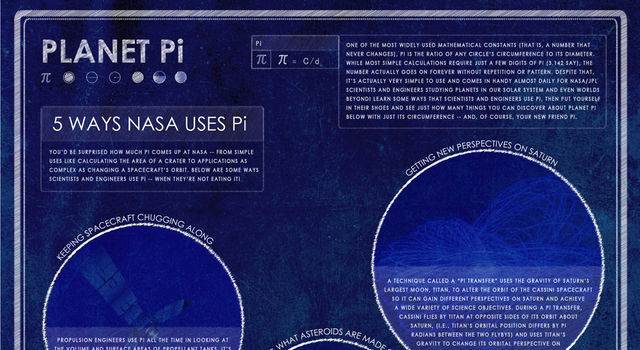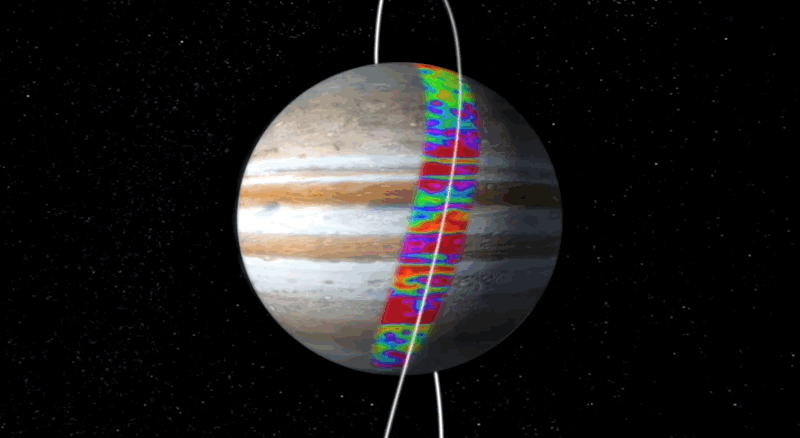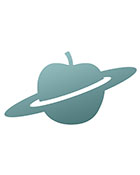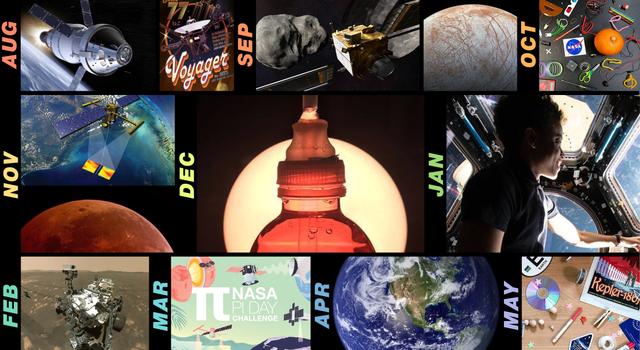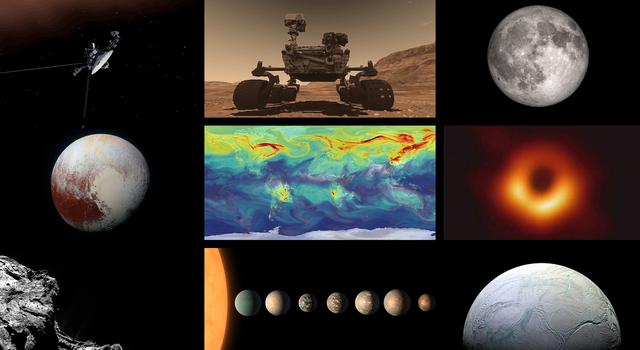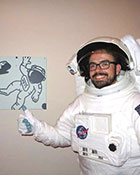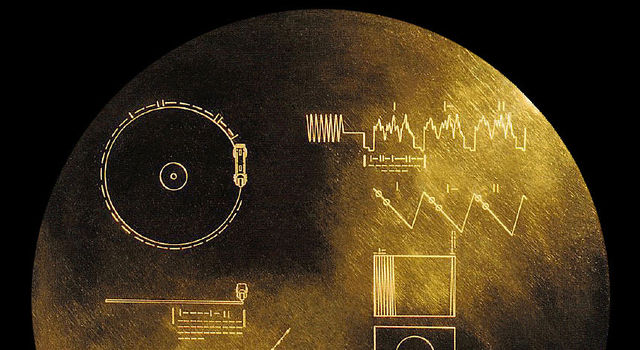Edu News | October 24, 2022
How Many Decimals of Pi Do We Really Need?
While world record holders may have memorized more than 70,000 digits of pi, a JPL engineer explains why you really only need a tiny fraction of that for most calculations – even at NASA.
Update: October 24, 2022 – This article, originally written in 2016, has been updated to reflect the latest values for NASA’s Voyager 1 spacecraft, which continues to venture farther into interstellar space. The author, Marc Rayman, has ventured on too, from the chief engineer for NASA’s Dawn mission, which concluded successfully in 2018, to the chief engineer for mission operations and science at NASA’s Jet Propulsion Laboratory.

This graphic shows more than 500 of the infinite number of decimals in pi. Image credit: NASA/JPL-Caltech | + Expand image
We received this question from a fan on Facebook who wondered how many decimals of the never-ending mathematical constant pi (π) NASA-JPL scientists and engineers use when making calculations:
“Does JPL only use 3.14 for its pi calculations? Or do you use more decimals, like say [360 or even more]?”
Here’s JPL’s Chief Engineer for Mission Operations and Science, Marc Rayman, with the answer:
Thank you for your question! This isn't the first time I've heard a question like this. In fact, it was posed many years ago by a sixth-grade science and space enthusiast who was later fortunate enough to earn a doctorate in physics and become involved in space exploration. His name was Marc Rayman.
To start, let me answer your question directly. For JPL's highest accuracy calculations, which are for interplanetary navigation, we use 3.141592653589793. Let's look at this a little more closely to understand why we don't use more decimal places. I think we can even see that there are no physically realistic calculations scientists ever perform for which it is necessary to include nearly as many decimal points as you asked about. Consider these examples:
- The most distant spacecraft from Earth is Voyager 1. As of this writing, it’s about 14.7 billion miles (23.6 billion kilometers) away. Let’s be generous and call that 15 billion miles (24 billion kilometers). Now say we have a circle with a radius of exactly that size, 30 billion miles (48 billion kilometers) in diameter, and we want to calculate the circumference, which is pi times the radius times 2. Using pi rounded to the 15th decimal, as I gave above, that comes out to a little more than 94 billion miles (more than 150 billion kilometers). We don't need to be concerned here with exactly what the value is (you can multiply it out if you like) but rather what the error in the value is by not using more digits of pi. In other words, by cutting pi off at the 15th decimal point, we would calculate a circumference for that circle that is very slightly off. It turns out that our calculated circumference of the 30-billion-mile (48-billion-kilometer) diameter circle would be wrong by less than half an inch (about one centimeter). Think about that. We have a circle more than 94 billion miles (more than 150 billion kilometers) around, and our calculation of that distance would be off by no more than the width of your little finger.
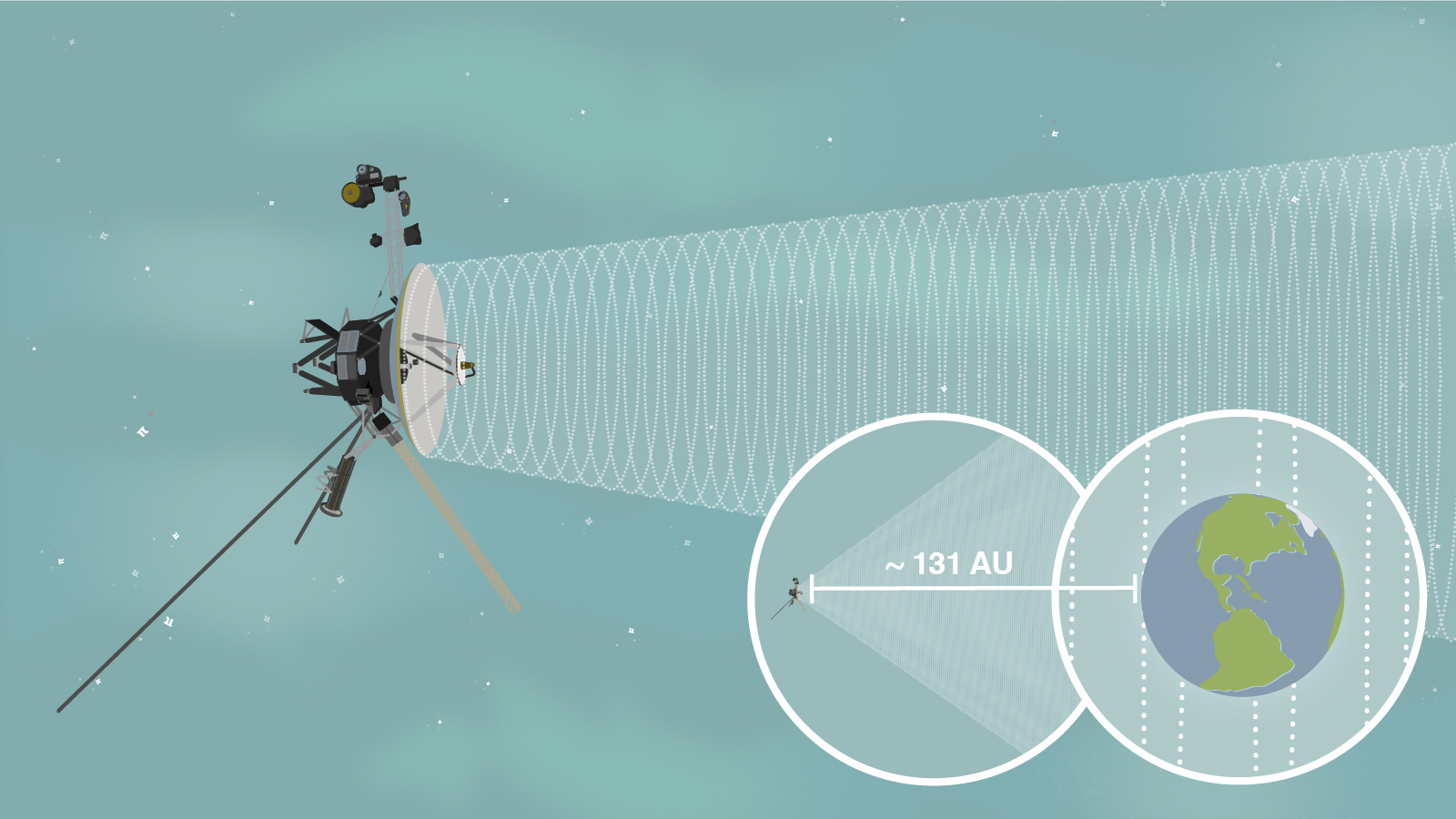
Put your pi math skills to the test with this problem from NASA's Pi Day Challenge. Can you use pi to determine what fraction of a signal from Voyager 1 reaches Earth? Image credit: NASA/JPL-Caltech | + Expand image | › View lesson page
- We can bring this closer to home by looking at our planet, Earth. It is more than 7,900 miles (12,700 kilometers) in diameter at the equator. The circumference is roughly 24,900 miles (40,100 kilometers). That's how far you would travel if you circumnavigated the globe – and didn't worry about hills, valleys, and obstacles like buildings, ocean waves, etc. How far off would your odometer be if you used the limited version of pi above? The discrepancy would be the size of a molecule. There are many different kinds of molecules, of course, so they span a wide range of sizes, but I hope this gives you an idea. Another way to view this is that your error by not using more digits of pi would be more than 30,000 times thinner than a hair!

Image credit: NASA | + Expand image
- Let's go to the largest size there is: the known universe. The radius of the universe is about 46 billion light years. Now let me ask (and answer!) a different question: How many digits of pi would we need to calculate the circumference of a circle with a radius of 46 billion light years to an accuracy equal to the diameter of a hydrogen atom, the simplest atom? It turns out that 37 decimal places (38 digits, including the number 3 to the left of the decimal point) would be quite sufficient. Think about how fantastically vast the universe is. It’s certainly far beyond what you can see with your eyes even on the darkest, most beautiful night of sparkling stars. It’s yet farther beyond the extraordinary vision of the James Webb Space Telescope. And the vastness of the universe is truly far, far, far beyond what we can even conceive. Now think about how incredibly tiny a single atom is. Isn’t it amazing that we wouldn’t need to use many digits of pi at all to cover that entire unbelievable range?
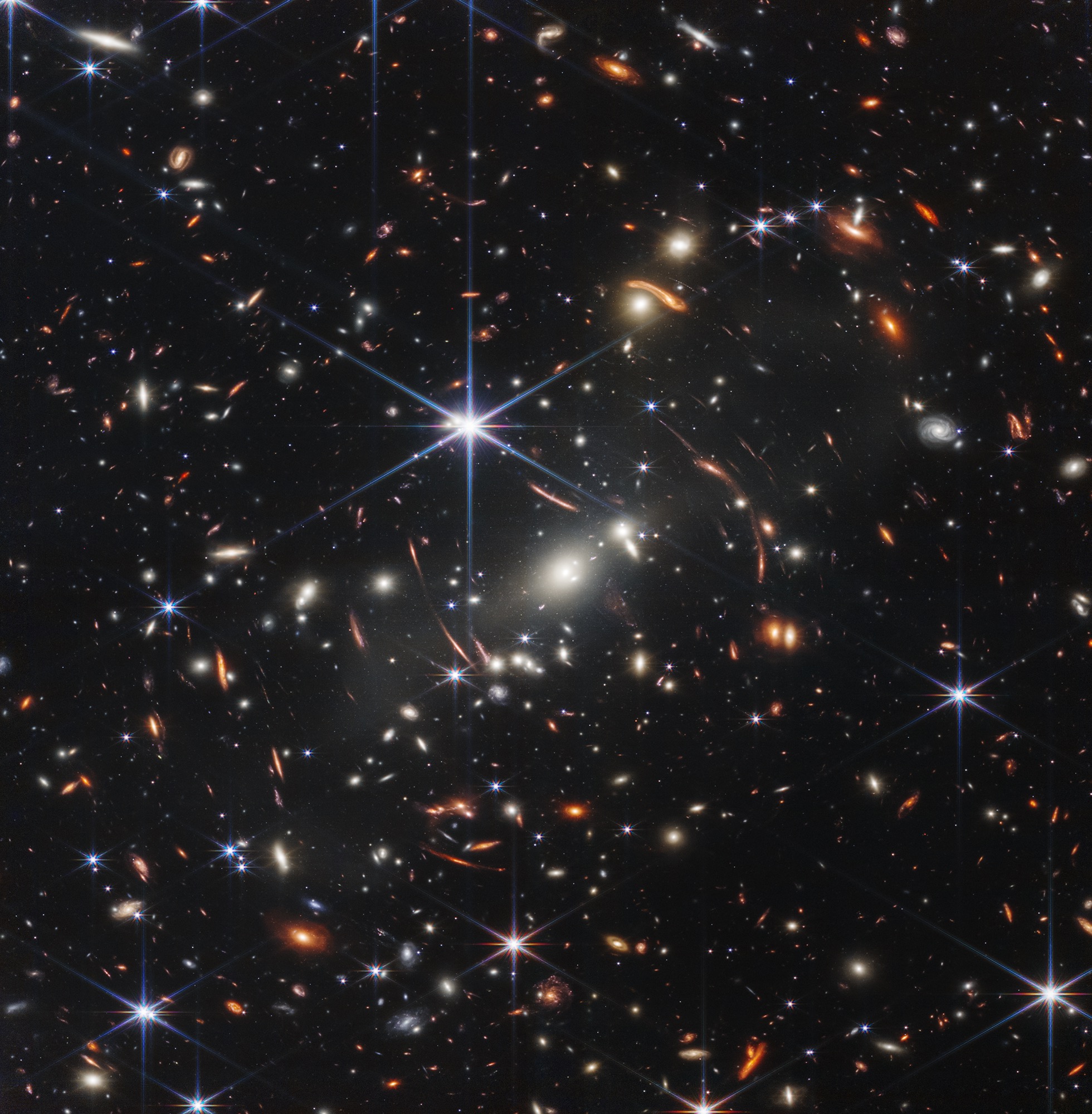
If you were to hold a single grain of sand at arm's length, you could cover the entire area of space taken up by this image, which was captured by the James Webb Space Telescope and contains thousands of galaxies. The oldest-known galaxy identified in the image is 13.1 billion years old. Image credit: NASA, ESA, CSA, STScI | + Expand image | › More about the image | Text description (PDF)
Pi is an intriguing number with interesting mathematical properties. It’s fun to think about its truly endless sequence of digits, and it may be surprising how often it appears in the equations scientists and engineers use. But there are no questions – prosaic or esoteric – in humankind’s noble efforts to explore or comprehend the marvels of the cosmos, from the unimaginably smallest scales to the inconceivably largest, that could require very many of those digits.
Hear more from Marc in his inspiring TEDx talk, “If It Isn’t Impossible, It Isn’t Worth Trying” and in his Dawn Journal, where he wrote frequent updates about the Dawn mission’s extraordinary extraterrestrial expedition to the protoplanet Vesta and dwarf planet Ceres.
Explore More
Educator Resources
-
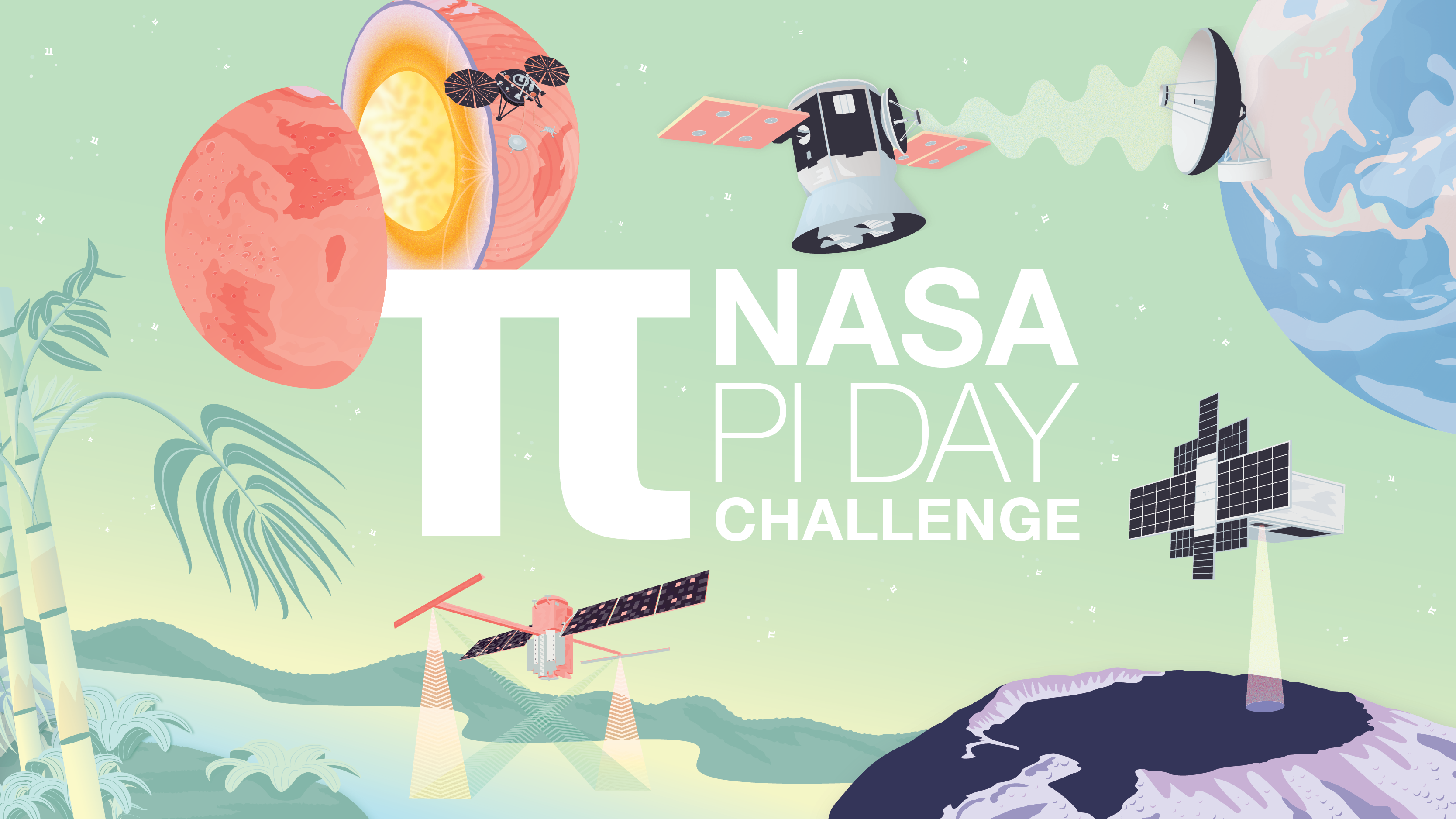
NASA Pi Day Challenge
This collection of illustrated math problems gets students using pi like NASA scientists and engineers exploring Earth and space.
Grades 4-12
Time Varies
-
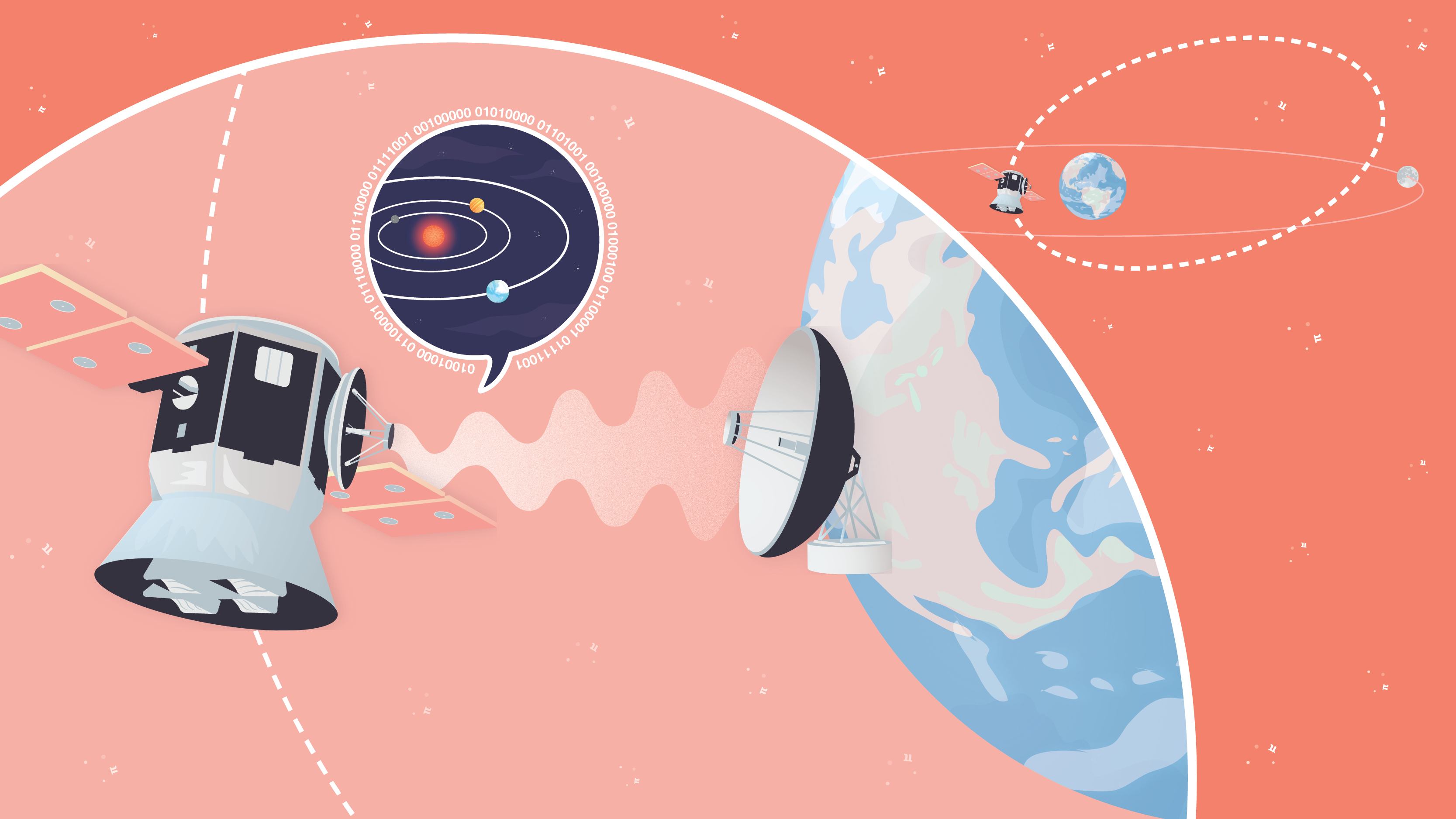
Pi in the Sky Lessons
Find everything you need to bring the NASA Pi Day Challenge into the classroom, including printable handouts of each illustrated math problem.
Grades 4-12
Time Varies
Articles
-
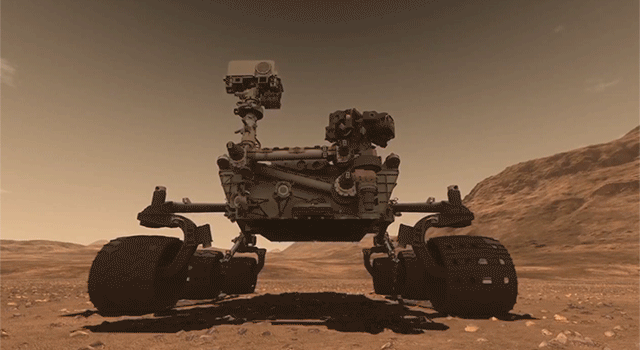
18 Ways NASA Uses Pi
Whether it's sending spacecraft to other planets, driving rovers on Mars, finding out what planets are made of or how deep alien oceans are, pi takes us far at NASA. Find out how pi helps us explore space.
-
10 Ways to Celebrate Pi Day With NASA on March 14
Find out what makes pi so special, how it’s used to explore space, and how you can join the celebration with resources from NASA.
Multimedia & Downloads
Recursos en español
TAGS: Pi, Pi Day, Dawn, Voyager, Engineering, Science, Mathematics
Edu News | August 24, 2022
A Lesson for Every Day of the School Year
With 180 lessons in our online catalog, you can explore Earth and space with us all year long. We show you how with this handy NASA-JPL school year calendar.
We just added the 180th lesson to our online catalog of standards-aligned STEM lessons, which means JPL Education now has a lesson for every day of the school year. To celebrate and help you make the year ahead stellar, we've put together this monthly calendar of upcoming NASA events along with links to our related lessons, Teachable Moments articles, and student projects you can use to engage students in STEM while they explore Earth and space with us all year long.
August
The Voyagers Turn 45
The twin Voyager spacecraft launched in 1977 on a journey to explore the outer planets and beyond – and they're still going. Now more than 12 billion miles (19 billion kilometers) from Earth in a region known as interstellar space, they're the most distant human-made objects in space.
Get a primer on these fascinating spacecraft from Teachable Moments, then use it as a jumping off point for lessons on the scale, size, and structure of our solar system and how we communicate with distant spacecraft.
Lessons & Resources:
-
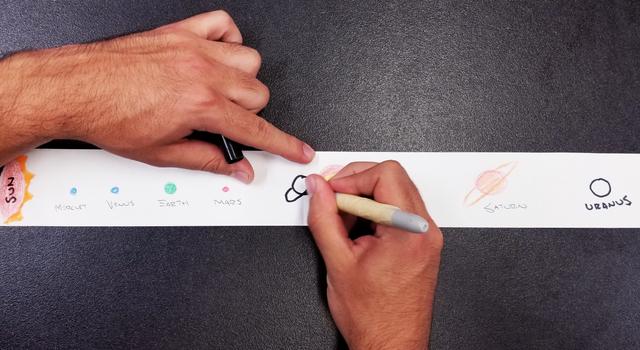 Collection
CollectionVoyager Lessons for Educators
Explore the science behind NASA's Voyager spacecraft with this collection of standards-aligned STEM lessons.
-
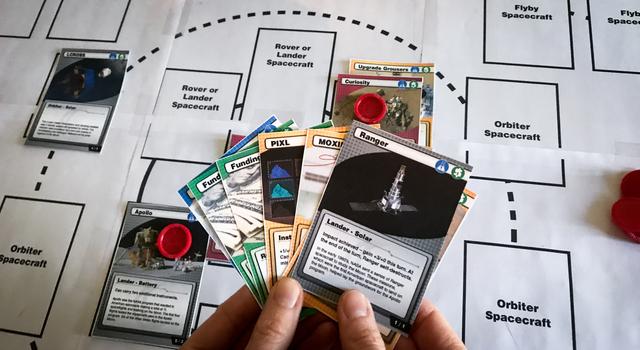 Collection
CollectionVoyager Activities for Students
These DIY projects, slideshows, and videos will get students exploring the science behind NASA's Voyager spacecraft.
-
 Teachable Moments
Teachable MomentsThe Farthest Operating Spacecraft, Voyagers 1 and 2, Still Exploring
The twin spacecraft launched in 1977 on an epic journey through the solar system and beyond offer lessons in what it takes to travel farther than ever before.
-
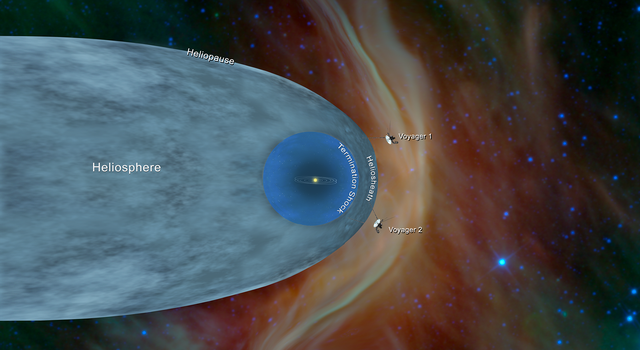 Teachable Moments
Teachable MomentsThen There Were Two: Voyager 2 Reaches Interstellar Space
Find out how the twin Voyager spacecraft took advantage of a rare planetary alignment to embark on a journey no spacecraft had before – or has since.
September
Rendezvous with an Asteroid
A distant asteroid system 6.8 million miles (11 million kilometers) from Earth was the site of NASA's first attempt at redirecting an asteroid. On September 26, the Double Asteroid Redirection Test, or DART, mission impacted the asteroid Dimorphos in an attempt to alter its speed and path around a larger asteroid known as Didymos. Dimorphos and Didymos do not pose a threat to Earth, which makes them a good proving ground for testing whether a similar technique could be used to defend Earth against potential impacts by hazardous asteroids in the future.
Get a primer on the DART mission and find related resources for the classroom in this article from our Teachable Moments series. Plus, explore our collection of standards-aligned lessons and activities all about asteroids to get students learning about different kinds of space rocks, geology, and meteoroid math.
Lessons & Resources:
-
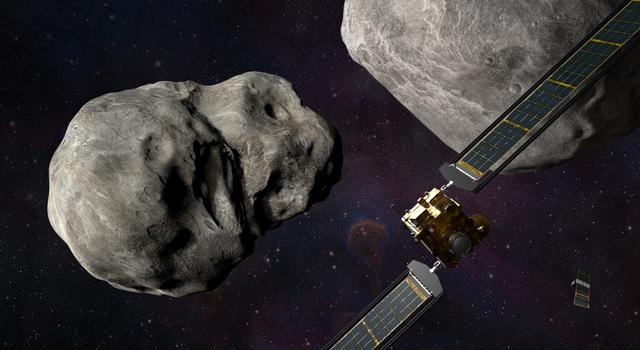 Teachable Moments
Teachable MomentsThe Science Behind NASA's First Attempt at Redirecting an Asteroid
Find out more about the historic first test, which could be used to defend our planet if a hazardous asteroid were discovered. Plus, explore lessons to bring the science and engineering of the mission into the classroom.
-
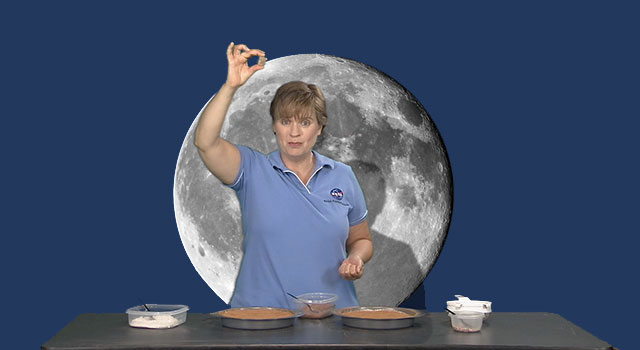 Collection
CollectionAsteroids Lessons for Educators
Explore a collection of standards-aligned lessons all about asteroids and craters.
-
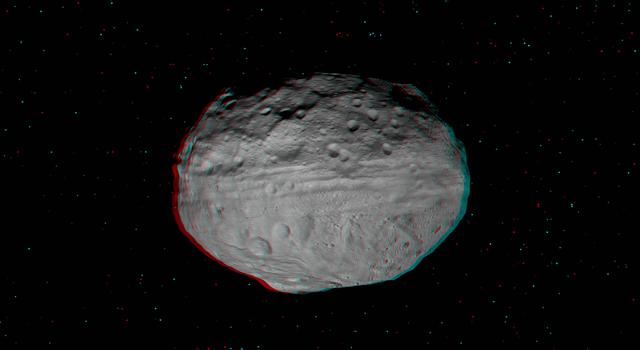 Collection
CollectionAsteroids Actvities for Students
Explore projects, videos, slideshows, and games for students all about asteroids.
A Closer Look at Europa
Just a few days later, on September 29, the Juno spacecraft that had been orbiting Jupiter since 2016 captured the closest views of Jupiter’s moon Europa in more than 20 years. The ice-covered moon is thought to contain a subsurface liquid-water ocean, making it an exciting new frontier in our search for life beyond Earth. NASA's Europa Clipper mission, which is scheduled to launch in 2024 is designed to study the moon in more detail. But until Europa Clipper arrives at the Jovian system in 2030, these observations from Juno are our best chance to get a closer look at this fascinating moon.
Learn more about Europa and why it is interesting to scientists in this talk from our Teaching Space With NASA series featuring a Europa Clipper mission scientist. Then, explore our Ocean Worlds Lesson Collection for ideas on making classroom connections.
Lessons & Resources:
-
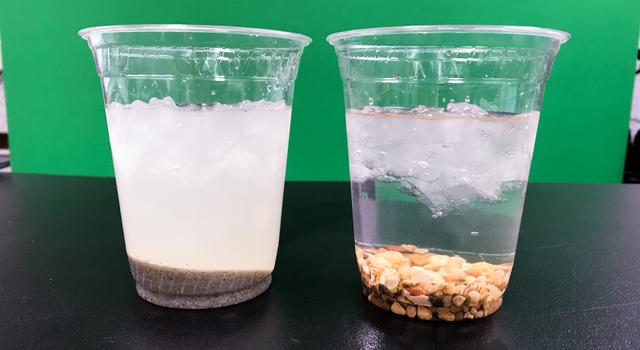 Collection
CollectionOcean Worlds Lessons for Educators
Explore a collection of standards-aligned STEM lessons all about ocean worlds throughout our solar system.
-
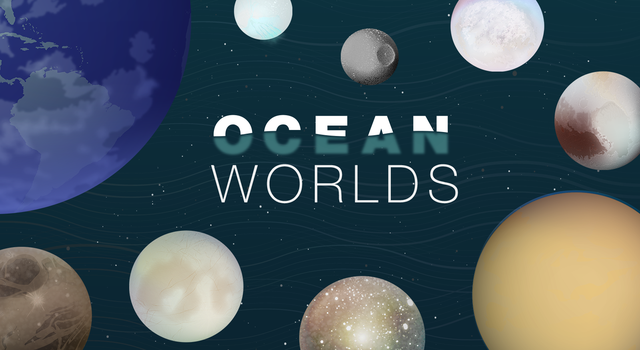 Collection
CollectionOcean Worlds Actvities for Students
Learn about the ocean worlds throughout our solar system with these science and engineering activities for students.
-
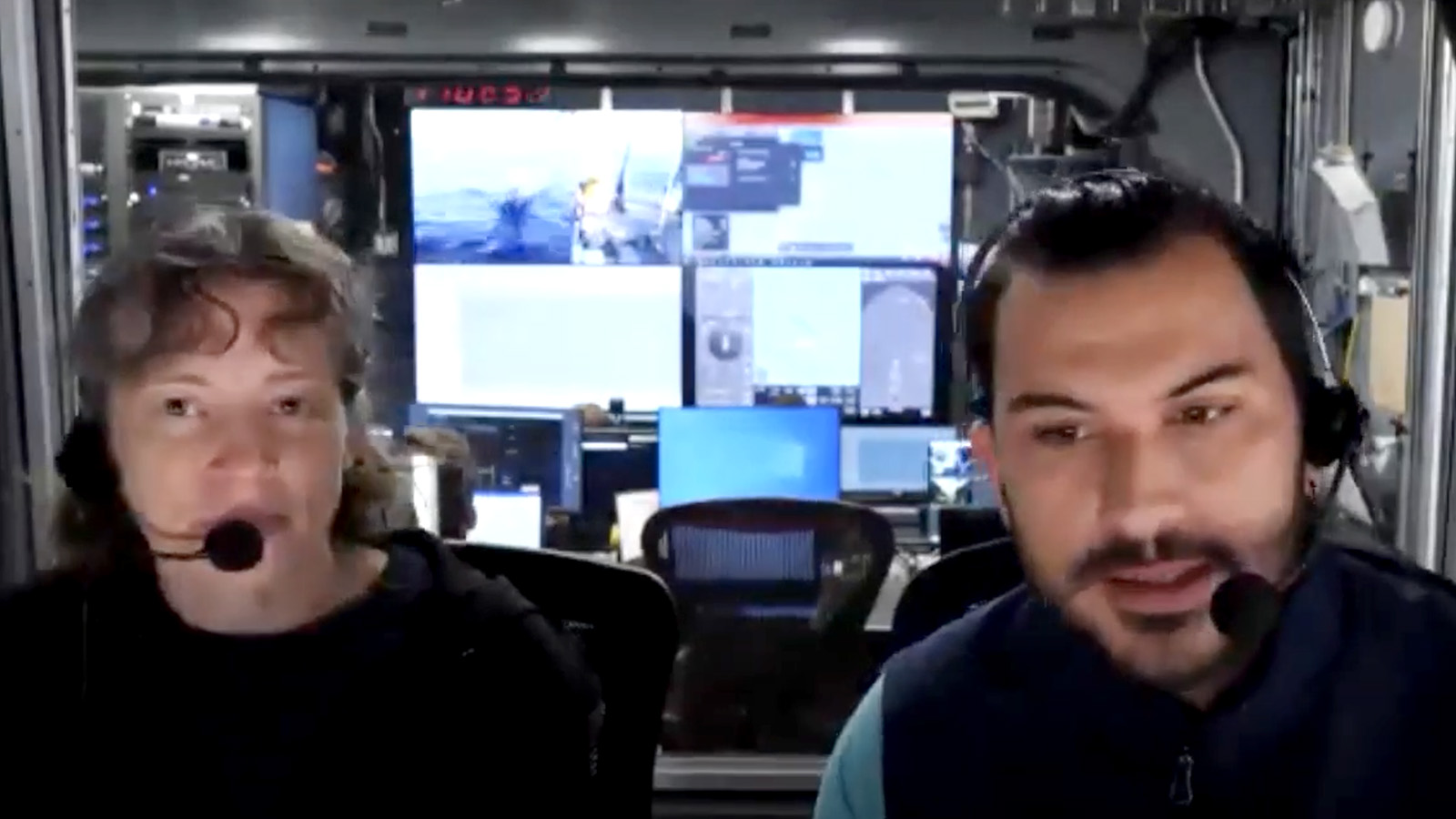 Expert Talk
Expert TalkTeaching Space With NASA – Robotic Oceanographers
Hear from scientists exploring Earth's oceans and learn about how we use robotic explorers to collect data on how our oceans are changing as well as explore ocean worlds beyond Earth.
October
Celebrate Halloween Like a Space Explorer
The month of October is the perfect time to get students exploring our STEM activities with a Halloween twist. Students can learn how to carve a pumpkin like a JPL engineer, take a tour of mysterious locations throughout the solar system, and dig into the geology inside their Halloween candy.
October 31 is also JPL's 86th birthday, which makes October a great time to learn more about JPL history, including the team of female mathematicians known as "human computers" who performed some of the earliest spacecraft-tracking calculations and the Laboratory's role in launching the first U.S. space satellite.
Lessons & Resources:
-
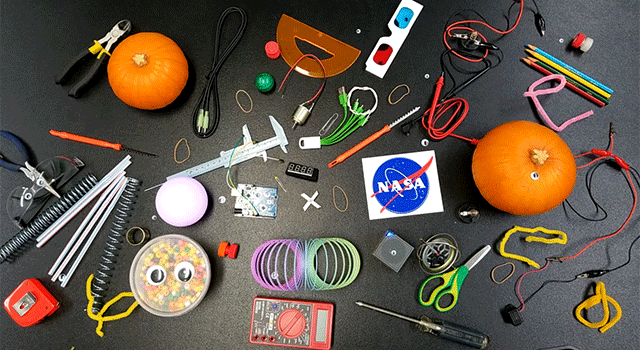 Collection
CollectionHalloween Actvities for Students
Explore student projects and slideshows that put a Halloween twist on STEM.
-
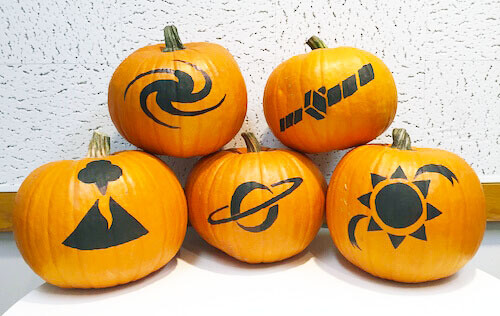 Project for Kids
Project for KidsPumpkin Stencils
Celebrate the fall season and Halloween by making your very own space-themed pumpkins with these easy-to-use stencils from NASA's Space Place!
-
 Teachable Moments
Teachable MomentsWhen Computers Were Human
Learn about the important but little-known role women played in the early days of space exploration, then try a math lesson inspired by their work.
-
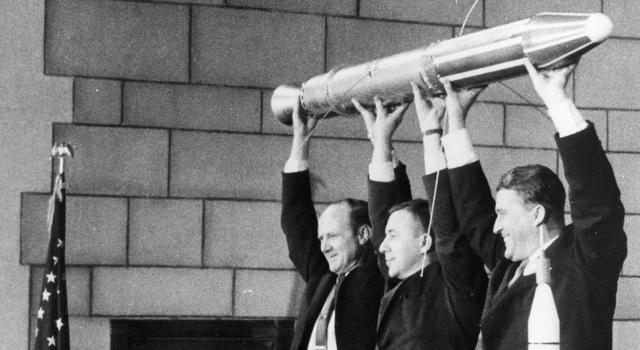 Teachable Moments
Teachable MomentsExplorer 1 Anniversary Marks 60 Years of Science in Space
The fascinating history of America’s first space satellite serves as a launching point for lessons in engineering design, motion and flight, and Earth science.
November
Watch a Total Lunar Eclipse
Look up in the early morning hours of November 8 to watch one of the most stunning spectacles visible from Earth: a total lunar eclipse. This one will be viewable in North and South America, as well as Asia and Australia.
Learn more about lunar eclipses and how to watch them from our Teachable Moments series. Then, get students of all ages outside and observing the Moon with lessons on moon phases and the hows and whys of eclipses. Students can even build a Moon calendar so they always know when and where to look for the next eclipse.
Lessons & Resources:
-
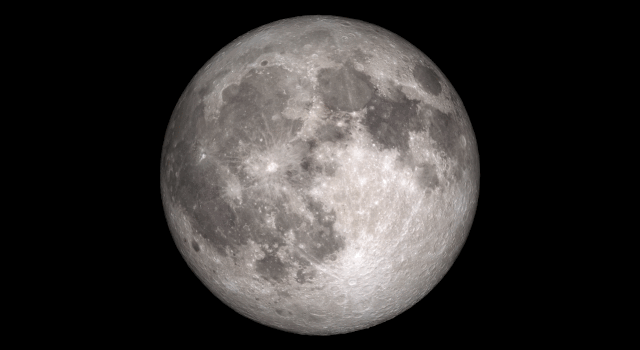 Teachable Moments
Teachable MomentsHow to Watch a Total Lunar Eclipse and Get Students Observing the Moon
There’s no better time to learn about the Moon than during a lunar eclipse. Here’s how eclipses work, what to expect, and how to get students engaged.
-
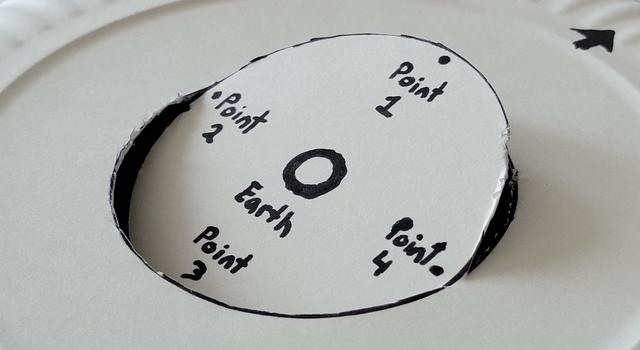 Collection
CollectionMoon Lessons for Educators
Teach students about the Moon with this collection of standards-aligned activities inspired by real NASA missions and science.
-
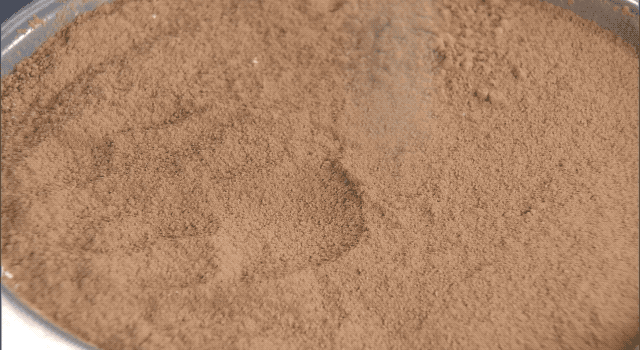 Collection
CollectionMoon Activities for Students
Learn all about the Moon with these projects, slideshows, and videos for students.
Artemis Takes a Giant Leap
NASA is making plans to send astronauts back to the Moon for the first time since 1972 – this time to establish a sustainable presence and prepare for future human missions to Mars. The first major step is Artemis I, which is testing three key components required to send astronauts beyond the Moon: the Orion spacecraft, the Space Launch System, or SLS, rocket and the ground systems at Kennedy Space Center in Florida. The uncrewed Artemis I mission marks the first test of all three components at once.
Get your K-12 students following along with lessons in rocketry and what it takes to live in space. Plus, register to follow along with the mission with resources and updates from NASA's Office of STEM Engagement.
Lessons & Resources:
-
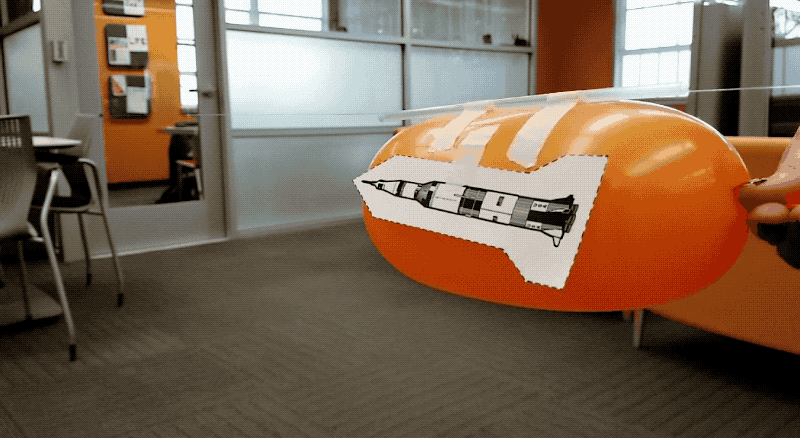 Collection
CollectionArtemis Lessons for Educators
Get students engaged in NASA's Artemis Program with STEM lessons all about the Moon, rockets, space habitats, and more
-
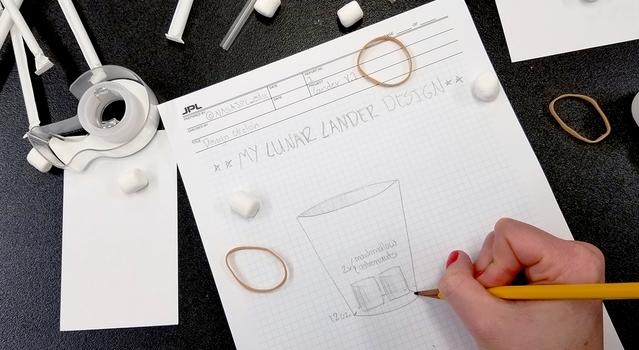 Collection
CollectionArtemis Activities for Students
These STEM projects and activities for students will get them exploring the Moon, rockets, space flight and other facets of NASA's Artemis Program.
-
 Public Event
Public EventJoin NASA Online for Artemis I
Register to receive updates and resources related to Artemis I – the first in a series of Artemis Program missions designed to establish a sustainable human presence on the Moon and prepare for future human missions to Mars.
-
 Educator Resources
Educator ResourcesArtemis Toolkit
Explore Artemis resources for educators and students from NASA's Office of STEM Engagement.
-
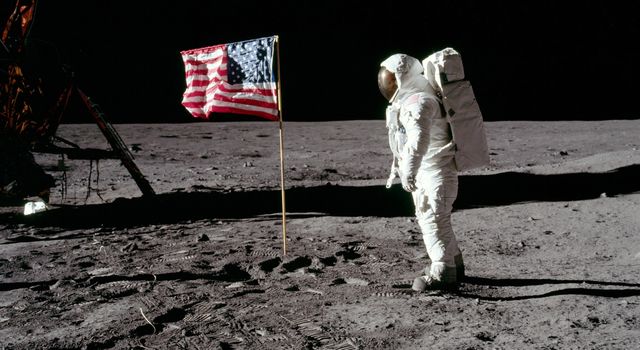 Teachable Moments
Teachable MomentsCelebrate the 50th Anniversary of NASA's Apollo Moon Landing
Explore the incredible history of the Apollo missions and find out what's in store for NASA's next mission to the Moon.
December
Satellite Launches on a Mission to Follow the Water
As crucial as water is to human life, did you know that no one has ever completed a global survey of Earth’s surface water? That is about to change with the launch of the SWOT mission. SWOT, which stands for Surface Water Ocean Topography, will use a state-of-the-art radar to measure the elevation of water in major lakes, rivers, wetlands, and reservoirs. It will also provide an unprecedented level of detail on the ocean surface. This data will help scientists track how these bodies of water are changing over time and improve weather and climate models.
Engage your students in learning about Earth’s water budget and how we monitor Earth from space with these lessons. And be sure to check out our Teachable Moments article for more about the SWOT mission and the science of our changing climate.
-
 Teachable Moments
Teachable MomentsNASA Mission Takes a Deep Dive Into Earth's Surface Water
Explore how and why the SWOT mission will take stock of Earth's water budget, what it could mean for assessing climate change, and how to bring it all to students.
-
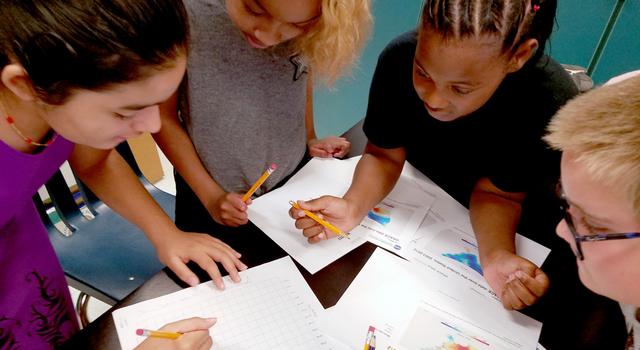 Collection
CollectionSWOT Lessons for Educators
Explore the science and engineering behind the SWOT mission with this collection of standards-aligned lessons all about water.
-
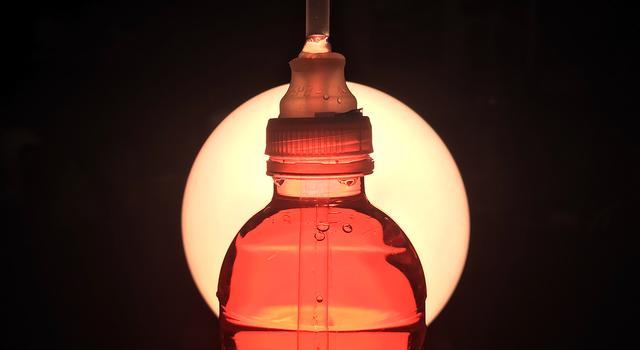 Collection
CollectionSWOT Actvities for Students
Explore projects, videos, slideshows, and games for students all about the water cycle and sea level rise.
Prepare for the Science Fair
Before you know it, it'll be science fair time. Avoid the stress of science fair prep by getting students organized and thinking about their projects before the winter recess. Start by watching our video series How to Do a Science Fair Project. A scientist and an engineer from JPL walk your students through all the steps they will need to create an original science fair project by observing the world around them and asking questions. You can also explore our science fair starter pack of lessons and projects to get students generating ideas and thinking like scientists and engineers.
Lessons & Resources:
-
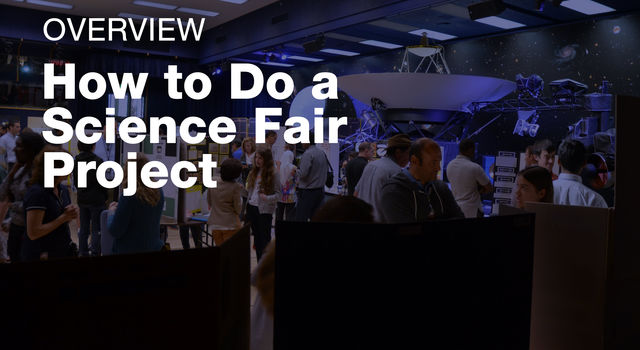 Video Series
Video SeriesHow to Do a Science Fair Project
Learn all the ins and outs of crafting your very own science fair project.
-
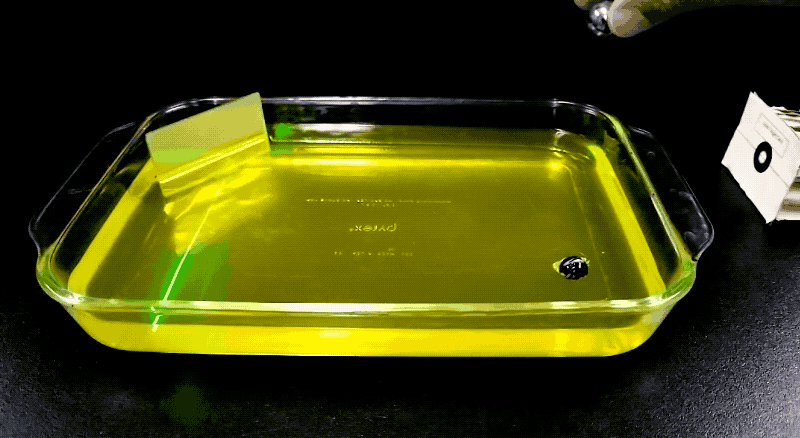 Collection
CollectionScience Fair Lessons for Educators
Teach students how to craft their own science and engineering fair project with these video tutorials and lessons featuring NASA missions and science.
-
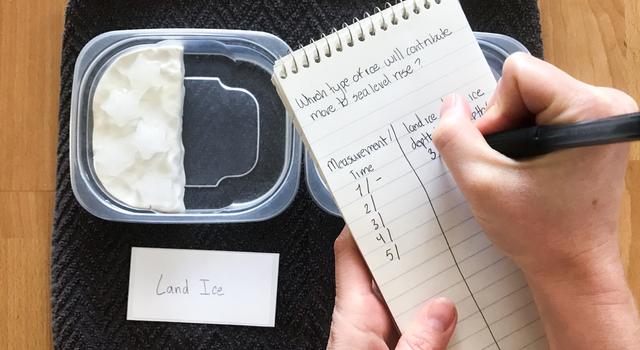 Collection
CollectionScience Fair Activities for Students
Learn how to design a science and engineering fair project and get inspired with our catalog of student projects featuring NASA missions and science.
January
Explore STEM Careers
January is the time when many of us set goals for the year ahead, so it's the perfect month to get students exploring their career goals and opportunities in STEM. Students can learn more about careers in STEM and hear directly from scientists and engineers working on NASA missions in our Teaching Space video series. Meanwhile, our news page has more on what it takes to be a NASA astronaut and what it's like to be a JPL intern.
For students already in college and pursuing STEM degrees, now is the time to start exploring internship opportunities for the summer. The deadline for JPL summer internships is in March, so it's a good idea to refresh your resume and get your application started now. Learn how to stand out with this article on how to get an internship at JPL – which also includes advice for pre-college students.
Resources:
-
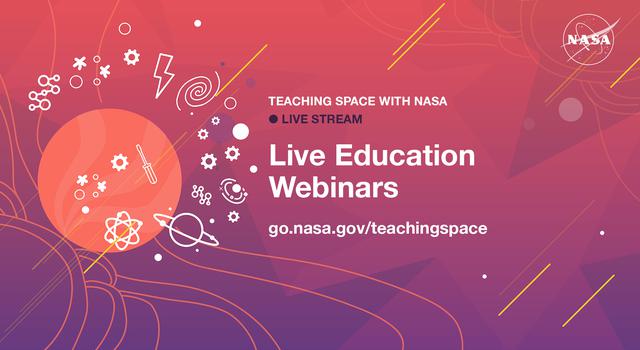 Expert Talks
Expert TalksTeaching Space With NASA
Hear from experts and education specialists about the latest missions and science happening at NASA and get your questions answered.
-
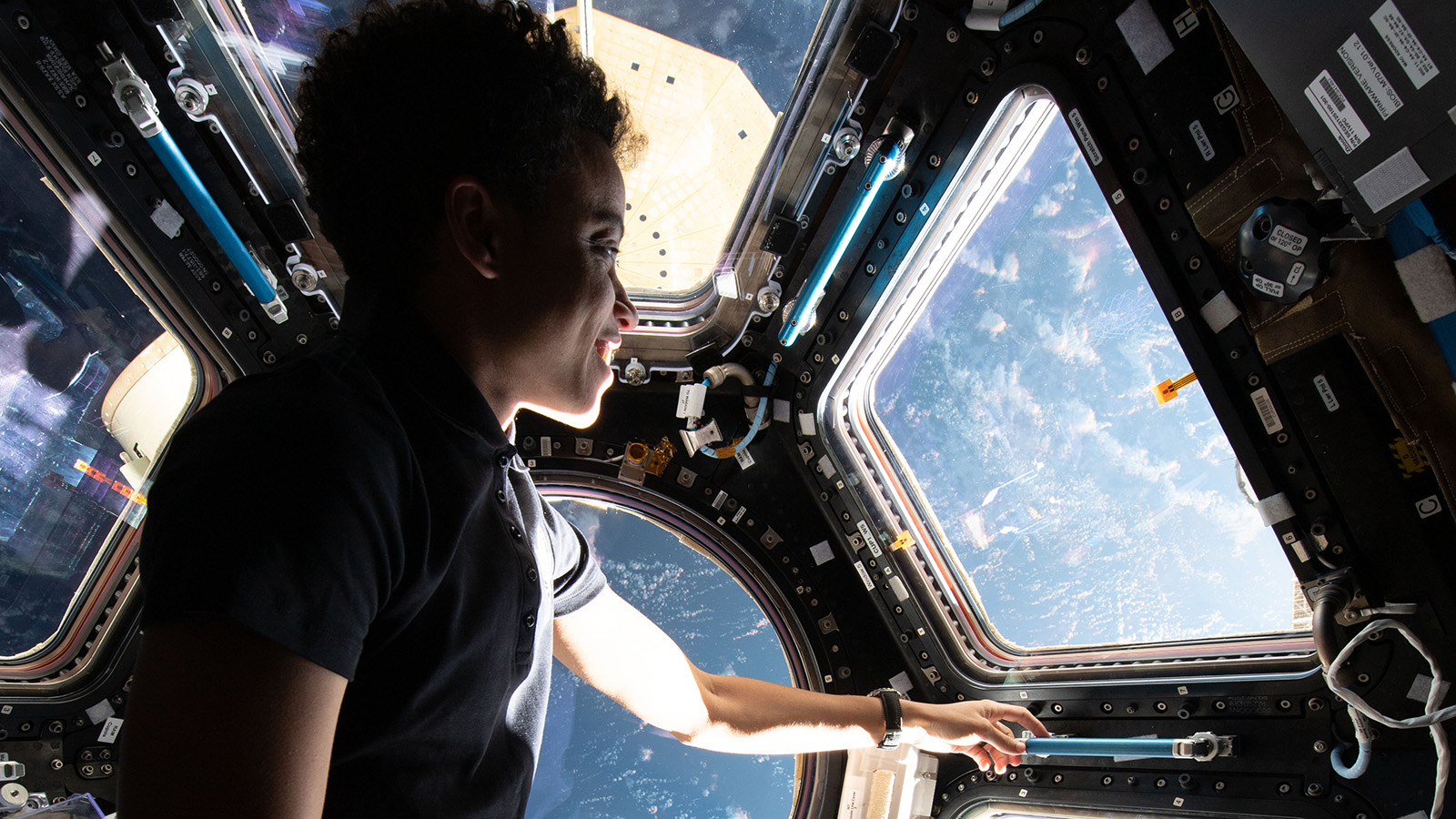 Articles
ArticlesCareer Guidance
Get advice from scientists, engineers and educators about what it takes to work in science, technology, engineering and mathematics fields and how to get a foot in the door.
-
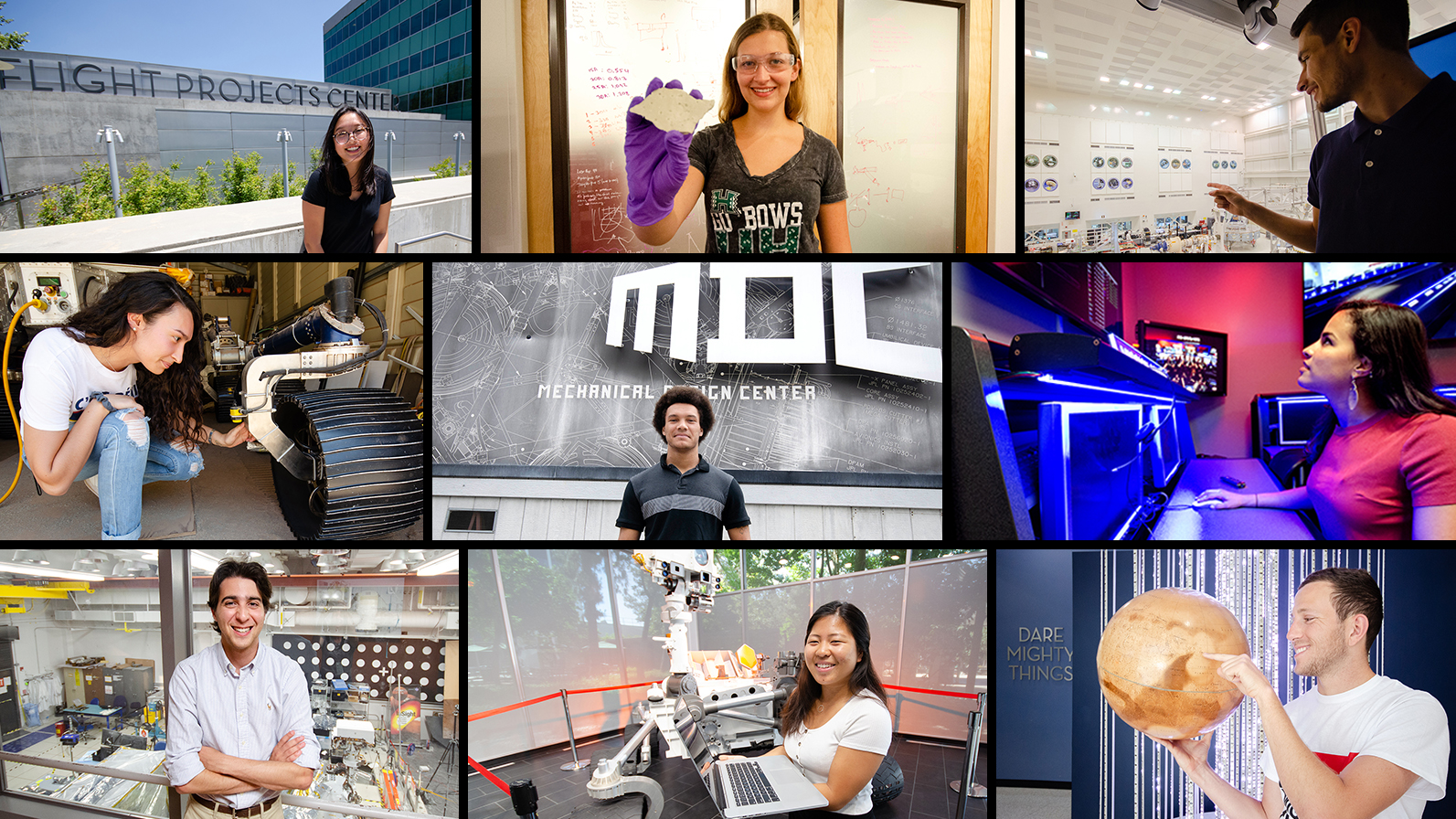 Articles
ArticlesMeet JPL Interns
These interns are pushing the boundaries of space exploration and science at the leading center for robotic exploration of the solar system.
-
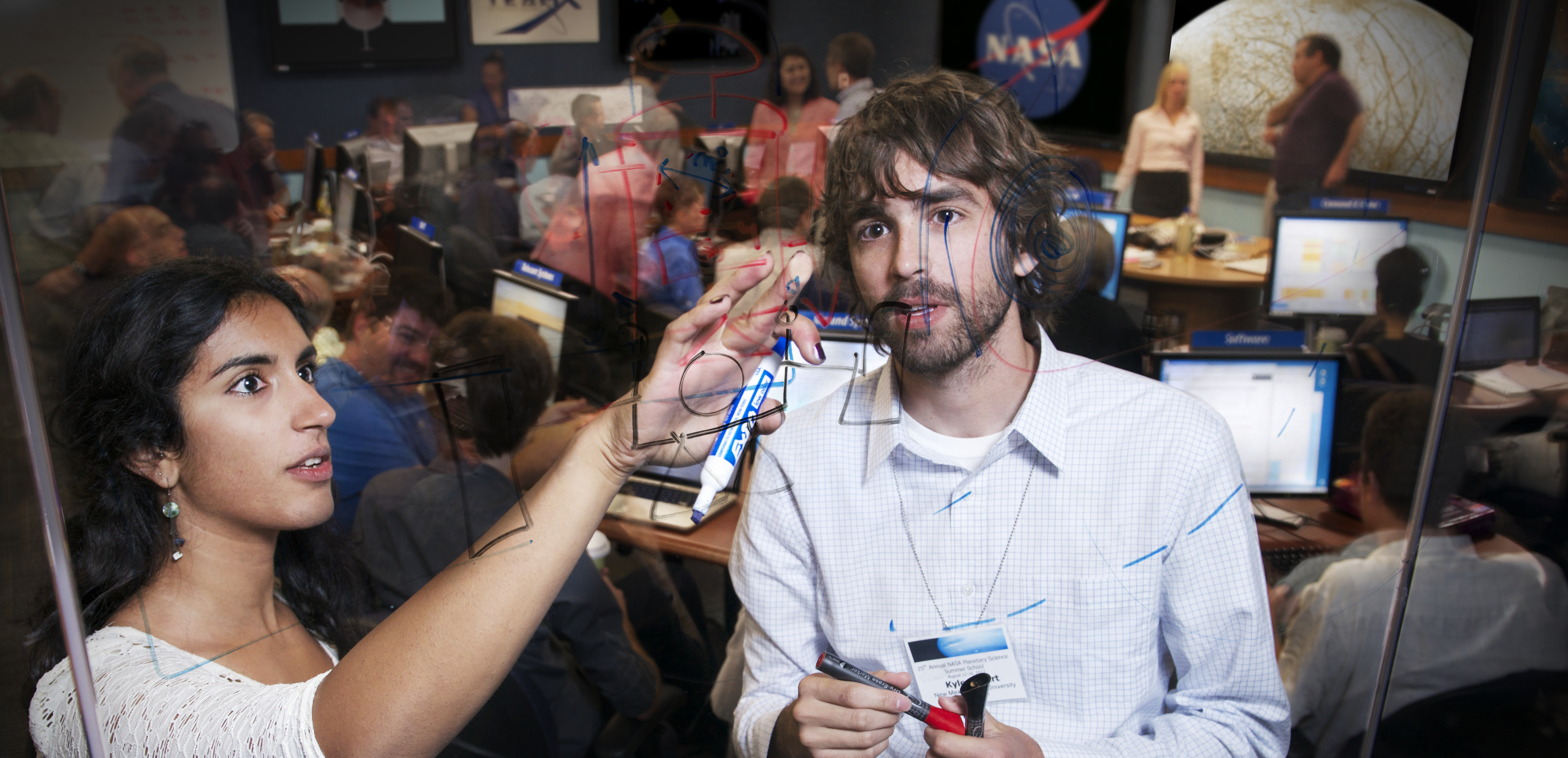 Opportunities
OpportunitiesJPL Internships and Fellowships
Discover exciting internships and research opportunities at the leading center for robotic exploration of the solar system.
-
 Opportunities
OpportunitiesJPL Jobs: Opportunities for Students
Start here to learn more about internship, fellowship, and postdoc opportunities at JPL and how to apply.
-
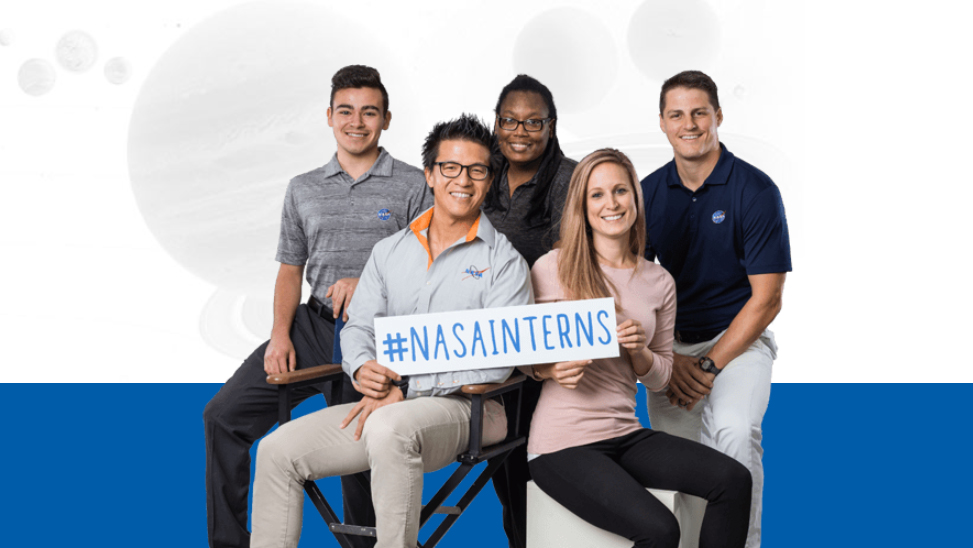 Opportunities
OpportunitiesNASA Internships
Learn about internship opportunities at NASA centers across the U.S., and apply today!
February
Mars Rover Celebrates 2-Year 'Landiversary'
NASA's Perseverance Mars rover celebrates its "landiversary" on February 18, which marks two years since the rover made its nail-biting descent on the Red Planet. The rover continues to explore Jezero Crater using science tools to analyze rocks and soil in search of signs of ancient microbial life. As of this writing, the rover has collected twelve rock core samples that will be sent to Earth by a future mission. Perseverance even witnessed a solar eclipse! Meanwhile, the Ingenuity Mars helicopter, which the rover deployed shortly after landing, has gone on to achieve feats of its own.
The Mission to Mars Student Challenge is a great way to get students of all ages exploring STEM and the Red Planet right along with the Perseverance rover. The challenge includes seven weeks of education content that can be customized for your classroom as well as education plans, expert talks, and resources from NASA.
Lessons & Resources:
-
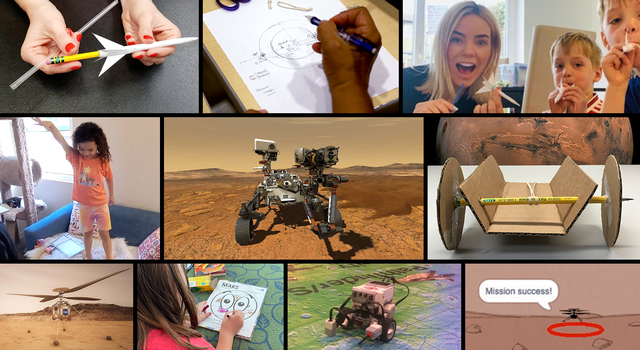 Collection
CollectionMission to Mars Student Challenge
Get K-12 students exploring Mars with NASA scientists, engineers, and the Perseverance rover as they learn all about STEM and design their very own mission to the Red Planet!
-
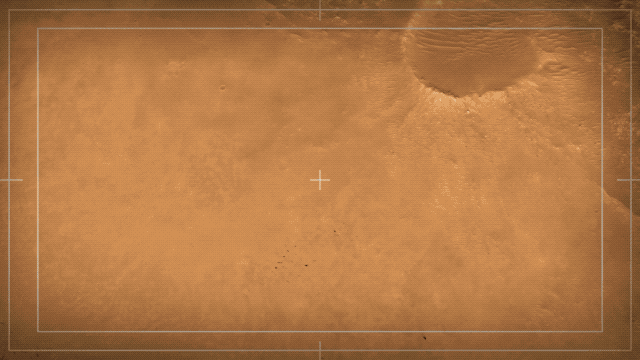 Teachable Moments
Teachable MomentsNASA's Perseverance Rover Lands on Mars
Learn how, why, and what Perseverance will explore on Mars, plus find out about an exciting opportunity for you and your students to join in the adventure!
March
Take On the Pi Day Challenge
Math teachers, pie-lovers, and pun-aficionados rejoice! March 14 is Pi Day, the annual celebration of the mathematical constant used throughout the STEM world – and especially for space exploration. This year's celebration brings the 10th installment of the NASA Pi Day Challenge, featuring four new illustrated math problems involving pi along with NASA missions and science.
Explore the full collection of pi math lessons, get students learning about how we use pi at NASA, and hear from a JPL engineer on how many decimals of pi we use for space exploration at the links below.
Lessons & Resources:
-
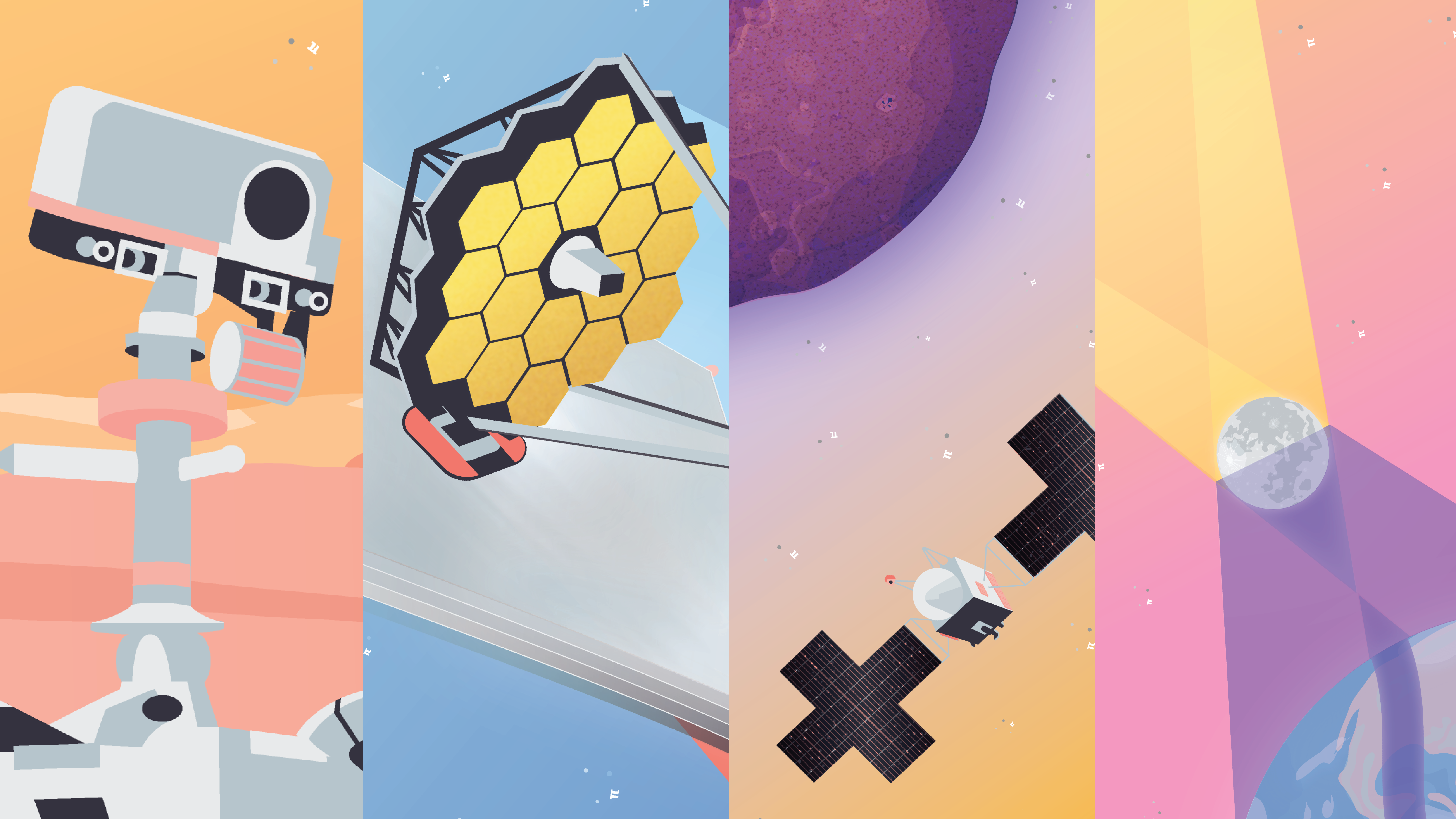 Teachable Moments
Teachable Moments10 Years of NASA's Pi Day Challenge
Learn more about pi, the history of Pi Day before, and the science behind the 2023 NASA Pi Day Challenge.
-
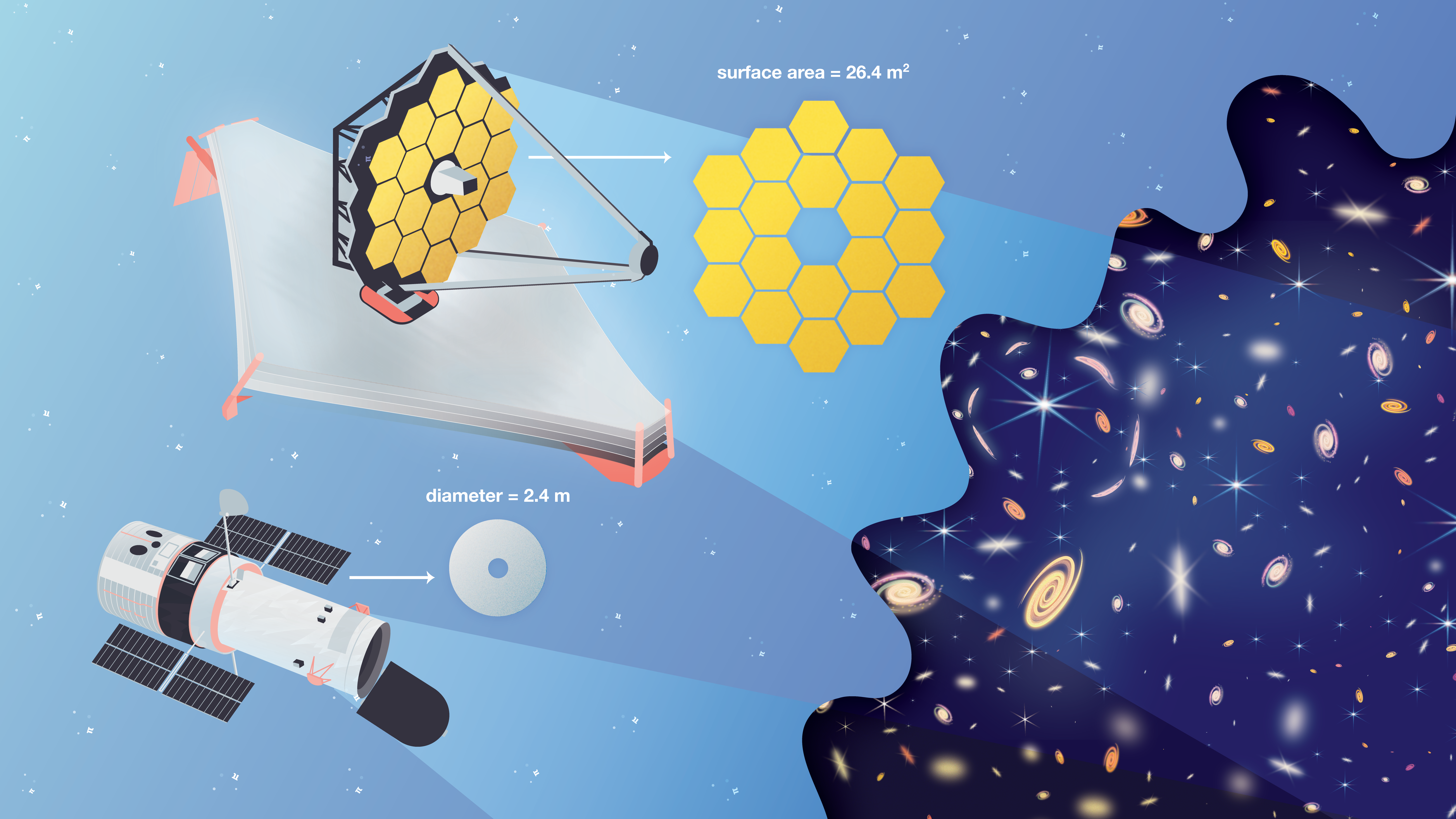 Collection
CollectionPi in the Sky Lessons
Find everything you need to bring the NASA Pi Day Challenge into the classroom, including printable handouts of each illustrated math problem.
-
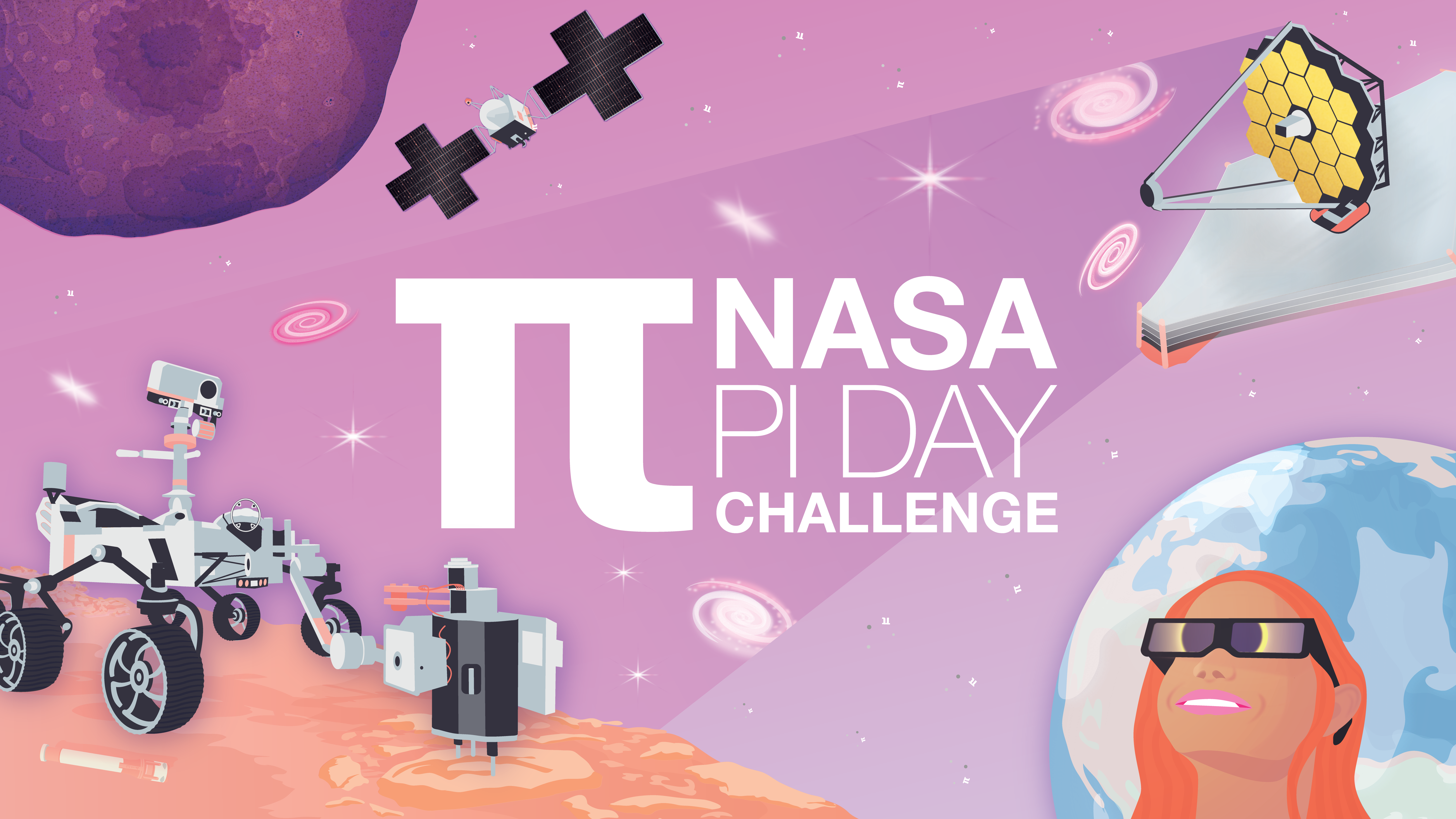 Student Project
Student ProjectNASA Pi Day Challenge
This collection of illustrated math problems gets students using pi like NASA scientists and engineers exploring Earth and space.
-
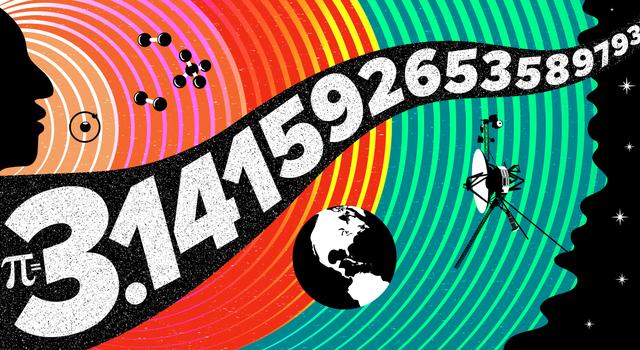 Article
ArticleHow Many Decimals of Pi Do We Really Need?
While you may have memorized more than 70,000 digits of pi, world record holders, a JPL engineer explains why you really only need a tiny fraction of that for most calculations.
-
 Article
Article18 Ways NASA Uses Pi
Whether it's sending spacecraft to other planets, driving rovers on Mars, finding out what planets are made of or how deep alien oceans are, pi takes us far at NASA. Find out how pi helps us explore space.
April
Celebrate Earth Day With NASA
You may not immediately think of Earth science when you think of NASA, but it's a big part of what we do. Earth Day on April 22 is a great time to explore Earth science with NASA, especially as new missions are taking to the skies to study the movements of dust, measure surface water across the planet, and track tiny land movements to better predict natural disasters.
Whether you want to focus on Earth’s surface and geology, climate change, extreme weather, or the water budget, we have an abundance of lessons, student projects and Teachable Moments to guide your way.
Lessons & Resources:
-
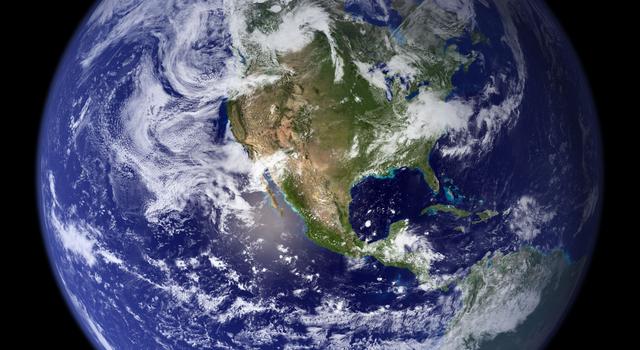 Collection
CollectionEarth Lessons for Educators
Discover a collection of standards-aligned STEM lessons all about Earth and climate change.
-
 Collection
CollectionEarth Activities for Students
Try these science and engineering projects, watch videos, and explore images all about the planet that we call home.
-
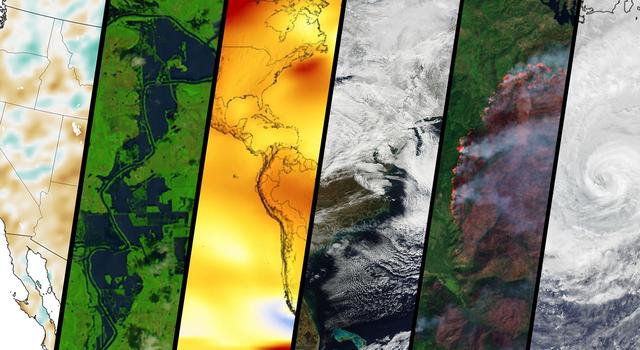 Teachable Moments
Teachable MomentsClimate Change Collection
Explore this collection of Teachable Moments articles to get a primer on the latest NASA Earth science missions, plus find related education resources you can deploy right away!
May
Summer Learning Adventures
As the school year comes to a close, send your students off on an adventure of summer learning with our do-it-yourself STEM projects. Additionally, our Learning Space With NASA at Home page and video series is a great resource for parents and families to help direct students' learning during out-of-school time.
Lessons & Resources:
-
 Student Resources
Student ResourcesSummer Activities for Students
Explore Earth and space with these hands-on projects, slideshows, videos, and more for K-12 students.
-
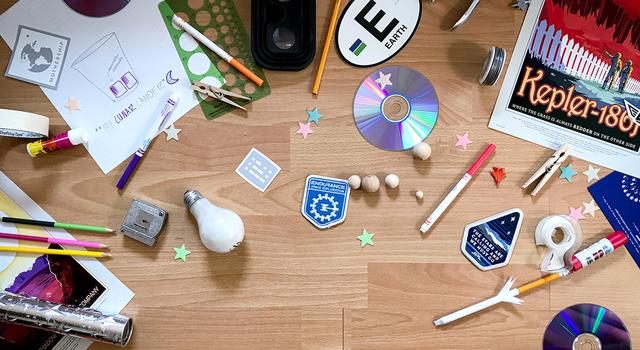 Student Resources
Student ResourcesLearning Space With NASA
Explore space and science activities you can do with NASA at home. Find video tutorials, DIY projects, slideshows, games and more!
TAGS: K-12 Education, Teachers, Students, Lessons, Resources, Projects, Events, Artemis, Voyager, DART, Asteroids, Europa, Ocean Worlds, Halloween, History, Earth, Climate, SWOT, Lunar Eclipse, Science Fair, Career Advice, Mars, Perseverance, Pi Day, Earth Day, Summer STEM
Edu News | December 30, 2019
NASA's 9 Most Teachable Moments This Decade and Beyond
Whether discovering something about our own planet or phenomena billions of miles away, NASA missions and scientists unveiled a vast universe of mysteries this past decade. And with each daring landing, visit to a new world and journey into the unknown came new opportunities to inspire the next generation of explorers. Read on for a look at some of NASA's most teachable moments of the decade from missions studying Earth, the solar system and beyond. Plus, find out what's next in space exploration and how to continue engaging students into the 2020s with related lessons, activities and resources.
1. Earth's Changing Climate

Rising sea levels, shrinking ice caps, higher temperatures and extreme weather continued to impact our lives this past decade, making studying Earth’s changing climate more important than ever. During the 2010s, NASA and National Oceanic and Atmospheric Administration, or NOAA, led the way by adding new Earth-monitoring satellites to their fleets to measure soil moisture and study carbon dioxide levels. Meanwhile, satellites such as Terra and Aqua continued their work monitoring various aspects of the Earth system such as land cover, the atmosphere, wildfires, water, clouds and ice. NASA's airborne missions, such as Operation IceBridge, Airborne Snow Observatory and Oceans Melting Greenland, returned data on water movement, providing decision makers with more accurate data than ever before. But there's still more to be done in the future to understand the complex systems that make up Earth's climate and improve the scientific models that will help the world prepare for a warmer future. Using these missions and the science they're gathering as a jumping-off point, students can learn about the water cycle, build data-based scientific models and develop an understanding of Earth's energy systems.
Explore More
- Climate lessons for educators
- Climate activities for students
- Climate articles from NASA/JPL Edu
- Learn more about NASA climate missions and science
2. Teachable Moments in the Sky

Astronomical events are a sure-fire way to engage students, and this past decade delivered with exciting solar and lunar eclipses that provided real-world lessons about the Sun, the Moon and lunar exploration. The total solar eclipse that crossed the U.S. in 2017 gave students a chance to learn about the dynamic interactions between the Sun and Moon, while brilliant lunar eclipses year after year provided students with lessons in lunar science. There's more to look forward to in the decade ahead as another solar eclipse comes to the U.S. in 2024 – one of nine total solar eclipses around the world in the 2020s. There will be 10 total lunar eclipses in the 2020s, but observing the Moon at any time provides a great opportunity to study celestial patterns and inspire future explorers. Using the lessons below, students can develop and study models to understand the size and scale of the Earth-Moon system, predict future Moon phases and engage in engineering challenges to solve problems that will be faced by future explorers on the Moon!
Explore More
- Moon lessons for educators
- Moon activities for students
- Moon articles from NASA/JPL Edu
- Learn more about NASA Moon missions and science
3. Missions to Mars

The past decade showed us the Red Planet in a whole new light. We discovered evidence that suggests Mars could have once supported ancient life, and we developed a better understanding of how the planet lost much of its atmosphere and surface water. The Opportunity rover continued exploring long past its expected lifespan of 90 days as NASA sent a larger, more technologically advanced rover, Curiosity, to take the next steps in understanding the planet's ability to support life. (Opportunity's nearly 15-year mission succumbed to the elements in 2019 after a global dust storm engulfed Mars, blocking the critical sunlight the rover needed to stay powered.) The InSight lander touched down in 2018 to begin exploring interior features of the Red Planet, including marsquakes, while high above, long-lived spacecraft like the Mars Reconnaissance Orbiter and Mars Odyssey were joined by NASA's MAVEN Orbiter, and missions from the European Space Agency and the Indian Space Research Organization. The next decade on Mars will get a kick-start with the July launch of the souped-up Mars 2020 rover, which will look for signs of ancient life and begin collecting samples designed to one day be returned to Earth. Mars provides students with countless opportunities to do some of the same engineering as the folks at NASA and design ideas for future Mars exploration. They can also use Mars as a basis for coding activities, real-world math, and lessons in biology and geology.
Explore More
- Mars lessons for educators
- Mars activities for students
- Mars articles from NASA/JPL Edu
- Learn more about NASA Mars missions and science
4. Ocean Worlds and the Search for Life
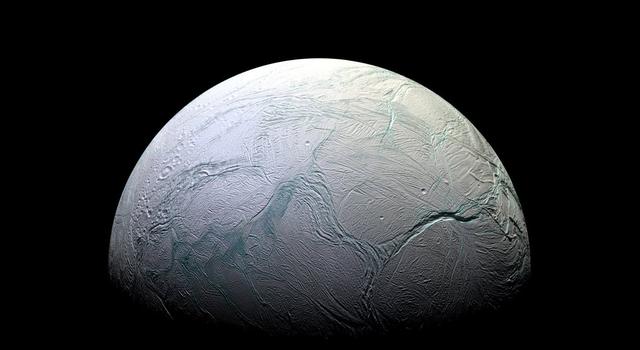
This decade marked the final half of the Cassini spacecraft's 13-year mission at Saturn, during which it made countless discoveries about the planet, its rings and its fascinating moons. Some of the most exciting findings highlighted new frontiers in our search for life beyond Earth. Cassini spotted geysers erupting from cracks in the icy shell of Saturn's moon Enceladus, suggesting the presence of an ocean below. At the moon Titan, the spacecraft peered through the hazy atmosphere to discover an Earth-like hydrologic cycle in which liquid methane and ethane take the place of water. Meanwhile, evidence for another ocean world came to light when the Hubble Space Telescope spotted what appear to be geysers erupting from the icy shell surrounding Jupiter's moon Europa. NASA is currently developing Europa Clipper, a mission that will explore the icy moon of Jupiter to reveal even more about the fascinating world. For students, these discoveries and the moons themselves provide opportunities to build scientific models and improve them as they learn more information. Students can also use math to calculate physical properties of moons throughout the solar system and identify the characteristics that define life as we know it.
Explore More
- Ocean worlds lessons for educators
- Ocean worlds activities for students
- Ocean worlds articles from NASA/JPL Edu
- Learn more about NASA Solar System missions and science
5. Asteroids, Comets and Dwarf Planets, Oh My!

The past decade was a big deal for small objects in space. NASA's Dawn mission started 2010 as a new arrival in the main asteroid belt. The next eight years saw Dawn explore the two largest objects in the asteroid belt, the giant asteroid Vesta and the dwarf planet Ceres. On its way to comet 67P/Churyumov-Gerasimenko, ESA's Rosetta mission (with contributions from NASA) flew by the asteroid Luticia in 2010. After more than two years at its destination – during which time it measured comet properties, captured breathtaking photos and deposited a lander on the comet – Rosetta's mission ended in dramatic fashion in 2016 when it touched down on 67P/Churyumov-Gerasimenko. In 2013, as scientists around the world eagerly anticipated the near-Earth flyby of asteroid Duende, residents of Chelyabinsk, Russia, got a surprising mid-morning wake-up call when a small, previously undetected asteroid entered the atmosphere, burned as a bright fireball and disintegrated. The team from NASA's OSIRIS-Rex mission wrapped up the decade and set the stage for discoveries in 2020 by selecting the site that the spacecraft will visit in the new year to collect a sample of asteroid Bennu for eventual return to Earth. And in 2022, NASA's Psyche mission will launch for a rendezvous with a type of object never before explored up close: a metal asteroid. The small objects in our solar system present students with chances to explore the composition of comets, use math to calculate properties such as volume, density and kinetic energy of asteroids, and use Newton's Laws in real-world applications, such as spacecraft acceleration.
Explore More
- Small objects lessons for educators
- Small objects activities for students
- Learn more about NASA Solar System missions and science
6. Uncovering Pluto's Mysteries
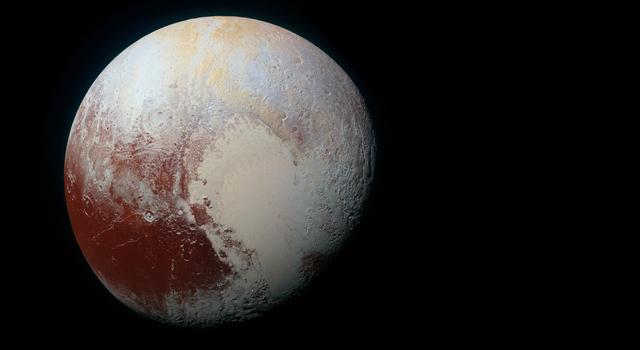
In 2015, after nearly a decade of travel, NASA's New Horizons spacecraft arrived at Pluto for its planned flyby and became the first spacecraft to visit the dwarf planet and its moons. The images and scientific data the spacecraft returned brought into focus a complex and dynamic world, including seas of ice and mountain ranges. And there's still more left to explore. But New Horizons' journey is far from over. After its flyby of Pluto, the spacecraft continued deep into the Kuiper Belt, the band of icy bodies beyond the orbit of Neptune. In 2019, the spacecraft flew by a snowman-shaped object later named Arrokoth. In the 2020s, New Horizons will continue studying distant Kuiper Belt objects to better understand their physical properties and the region they call home. The new information gathered from the Pluto and Arrokoth flybys provides students with real-life examples of the ways in which scientific understanding changes as additional data is collected and gives them a chance to engage with the data themselves. At the same time, New Horizons' long-distance voyage through the Solar System serves as a good launchpad for discussions of solar system size and scale.
Explore More
- Pluto lessons for educators
- Pluto activities for students
- Pluto articles from NASA/JPL Edu
- Learn more about NASA Solar System missions and science
7. The Voyagers' Journey Into Interstellar Space

In 1977, two spacecraft left Earth on a journey to explore the outer planets. In the 2010s, decades after their prime mission ended, Voyager 1 and Voyager 2 made history by becoming the first spacecraft to enter interstellar space – the region beyond the influence of solar wind from our Sun. The Voyager spacecraft are expected to continue operating into the 2020s, until their fuel and power run out. In the meantime, they will continue sending data back to Earth, shaping our understanding of the structure of the solar system and interstellar space. The Voyagers can help engage students as they learn about and model the structure of the solar system and use math to understand the challenges of communicating with spacecraft so far away.
Explore More
- Voyager lessons for educators
- Voyager activities for students
- Voyager articles from NASA/JPL Edu
- Learn more about NASA's Voyager mission
8. The Search for Planets Beyond Our Solar System
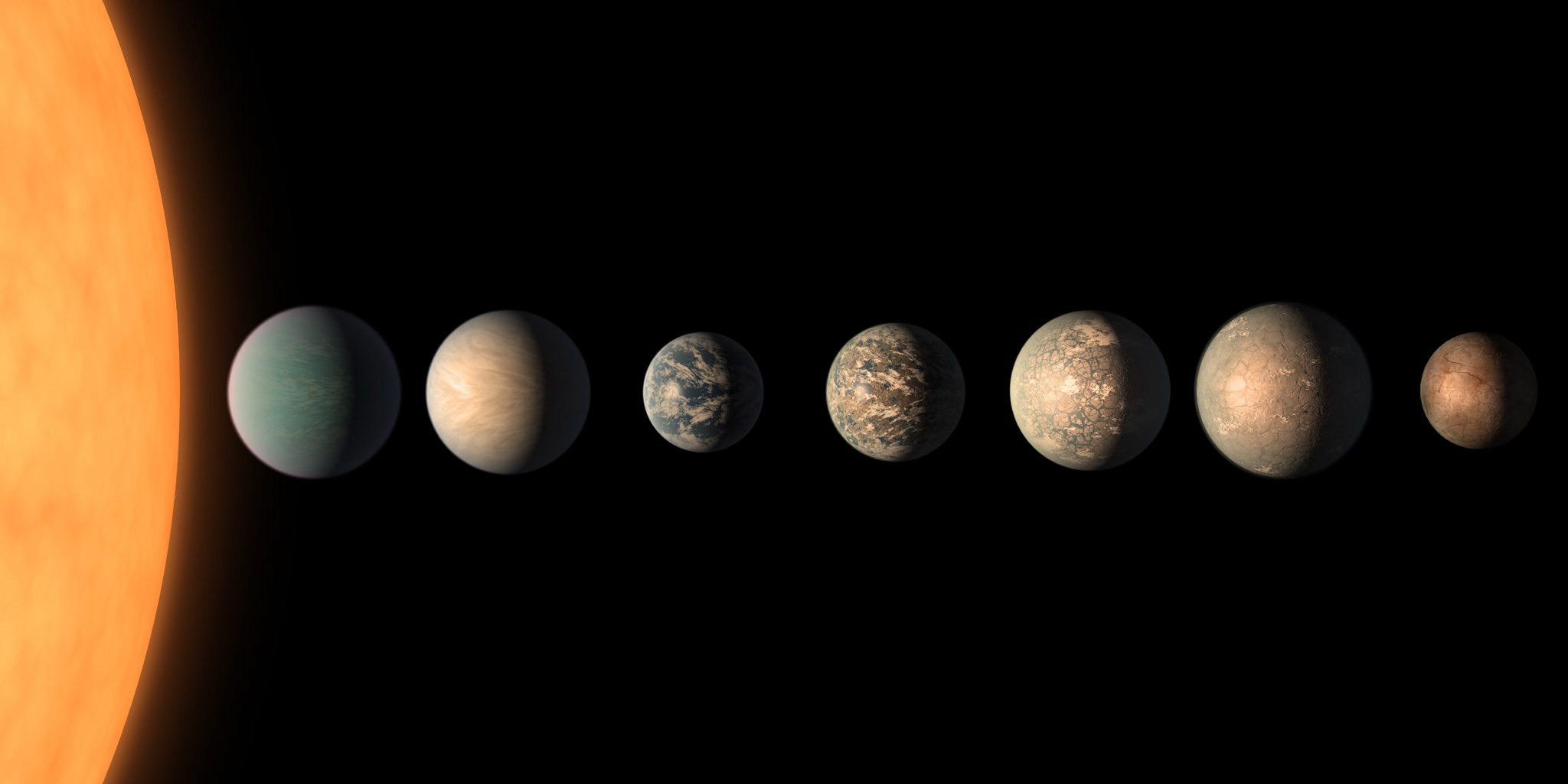
It was only a few decades ago that the first planets outside our solar system, or exoplanets, were discovered. The 2010s saw the number of known exoplanets skyrocket in large part thanks to the Kepler mission. A space telescope designed to seek out Earth-sized planets orbiting in the habitable zone – the region around a star where liquid water could exist – Kepler was used to discover more than 2,600 exoplanets. Discoveries from other observatories and amateur astronomers added to the count, now at more than 4,100. In one of the most momentous exoplanet findings of the decade, the Spitzer telescope discovered that the TRAPPIST-1 system, first thought to have three exoplanets, actually had seven – three of which were in the star’s habitable zone. With thousands of candidates discovered by Kepler waiting to be confirmed as exoplanets and NASA's latest space telescope, the Transiting Exoplanet Survey Satellite, or TESS, surveying the entire sky, the 2020s promise to be a decade filled with exoplanet science. And we may not have to wait long for exciting new discoveries from the James Webb Space Telescope, set to launch in 2021. Exoplanets are a great way to get students exploring concepts in science and mathematics. In the lessons linked to below, students use math to find the size and orbital period of planets, learn how scientists are using spectrometry to determine what makes up exoplanet atmospheres and more.
Explore More
- Exoplanets lessons for educators
- Exoplanets activities for students
- Exoplanets articles from NASA/JPL Edu
- Learn more about NASA exoplanet missions and science
9. Shining a Light on Black Holes
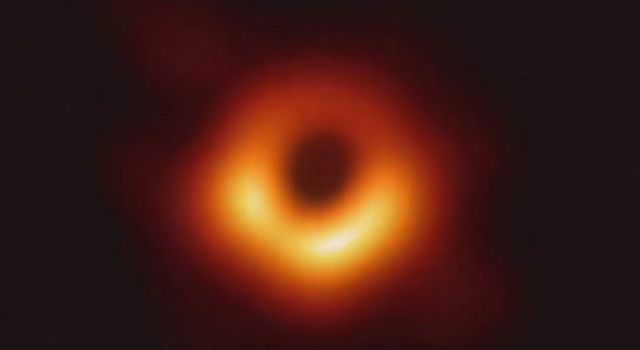
Even from millions and billions of light-years away, black holes made big news in the 2010s. First, a collision of two black holes 1.3 billion light-years away sent gravitational waves across the universe that finally reached Earth in 2015, where the waves were detected by the Laser Interferometer Gravitational-Wave Observatory, or LIGO. This was the first detection of gravitational waves in history and confirmed a prediction Einstein made 100 years earlier in his Theory of General Relativity. Then, in 2019, a team of researchers working on the Event Horizon Telescope project announced they had taken the first image capturing the silhouette of a black hole. To take the historic image of the supermassive black hole (named M87* after its location at the center of the M87 galaxy), the team had to create a virtual telescope as large as Earth itself. In addition to capturing the world's attention, the image gave scientists new information about scientific concepts and measurements they had only been able to theorize about in the past. The innovations that led to these discoveries are changing the way scientists can study black holes and how they interact with the space around them. More revelations are likely in the years ahead as scientists continue to analyze the data from these projects. For students, black holes and gravitational waves provide a basis for developing and modifying scientific models. Since they are a topic of immense interest to students, they can also be used to encourage independent research.
Explore More
- Black hole lessons for educators
- Black hole activities for students
- Black hole articles from NASA/JPL Edu
TAGS: Teachable Moments, K-12 Education, Educators, Students, STEM, Lessons, Activities, Moon, Mars, Ocean Worlds, Small Objects, Pluto, Voyager, Exoplanets, Black Holes, Earth Science, Earth, Climate Change
Teachable Moments | December 18, 2018
Then There Were Two: Voyager 2 Reaches Interstellar Space
In the News
The Voyager 2 spacecraft, launched in 1977, has reached interstellar space, a region beyond the heliosphere – the protective bubble of particles and magnetic fields created by the Sun – where the only other human-made object is its twin, Voyager 1.
The achievement means new opportunities for scientists to study this mysterious region. And for educators, it’s a chance to get students exploring the scale and anatomy of our solar system, plus the engineering and math required for such an epic journey.
How They Did It
Launched just 16 days apart, Voyager 1 and Voyager 2 were designed to take advantage of a rare alignment of the outer planets that only occurs once every 176 years. Their trajectory took them by the outer planets, where they captured never-before-seen images. They were also able to steal a little momentum from Jupiter and Saturn that helped send them on a path toward interstellar space. This “gravity assist” gave the spacecraft a velocity boost without expending any fuel. Though both spacecraft were destined for interstellar space, they followed slightly different trajectories.
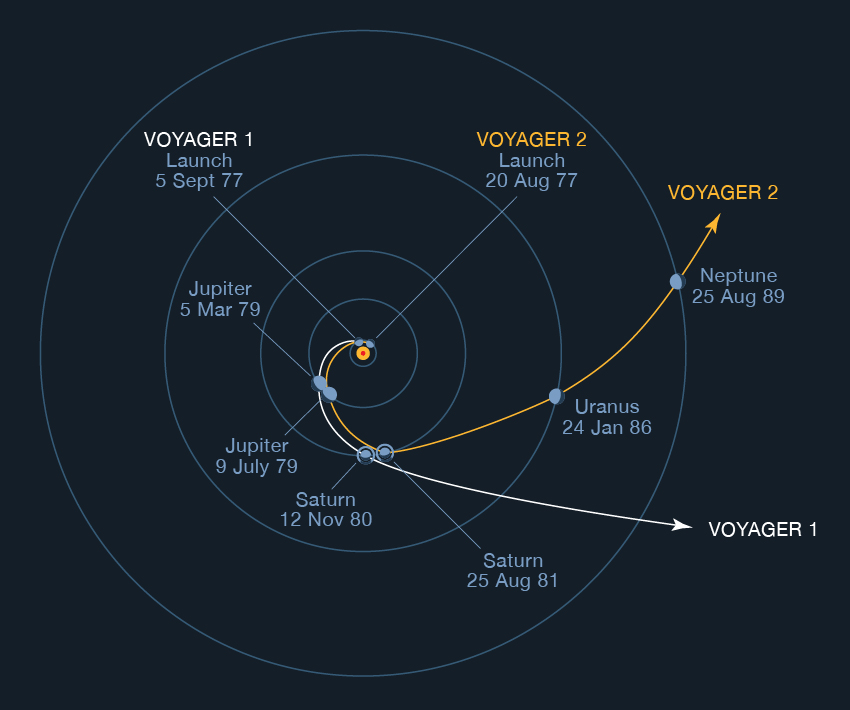
An illustration of the trajectories of Voyager 1 and Voyager 2. Image credit: NASA/JPL-Caltech | + Expand image
Voyager 1 followed a path that enabled it to fly by Jupiter in 1979, discovering the gas giant’s rings. It continued on for a 1980 close encounter with Saturn’s moon Titan before a gravity assist from Saturn hurled it above the plane of the solar system and out toward interstellar space. After Voyager 2 visited Jupiter in 1979 and Saturn in 1981, it continued on to encounter Uranus in 1986, where it obtained another assist. Its last planetary visit before heading out of the solar system was Neptune in 1989, where the gas giant’s gravity sent the probe in a southward direction toward interstellar space. Since the end of its prime mission at Neptune, Voyager 2 has been using its onboard instruments to continue sensing the environment around it, communicating data back to scientists on Earth. It was this data that scientists used to determine Voyager 2 had entered interstellar space.
How We Know
Interstellar space, the region between the stars, is beyond the influence of the solar wind, charged particles emanating from the Sun, and before the influence of the stellar wind of another star. One hint that Voyager 2 was nearing interstellar space came in late August when the Cosmic Ray Subsystem, an instrument that measures cosmic rays coming from the Sun and galactic cosmic rays coming from outside our solar system, measured an increase in galactic cosmic rays hitting the spacecraft. Then on November 5, the instrument detected a sharp decrease in high energy particles from the Sun. That downward trend continued over the following weeks.
The data from the cosmic ray instrument provided strong evidence that Voyager 2 had entered interstellar space because its twin had returned similar data when it crossed the boundary of the heliosheath. But the most compelling evidence came from its Plasma Science Experiment – an instrument that had stopped working on Voyager 1 in 1980. Until recently, the space surrounding Voyager 2 was filled mostly with plasma flowing out from our Sun. This outflow, called the solar wind, creates a bubble, the heliosphere, that envelopes all the planets in our solar system. Voyager 2’s Plasma Science Experiment can detect the speed, density, temperature, pressure and flux of that solar wind. On the same day that the spacecraft’s cosmic ray instrument detected a steep decline in the number of solar energetic particles, the plasma science instrument observed a decline in the speed of the solar wind. Since that date, the plasma instrument has observed no solar wind flow in the environment around Voyager 2, which makes mission scientists confident the probe has entered interstellar space.
Though the spacecraft have left the heliosphere, Voyager 1 and Voyager 2 have not yet left the solar system, and won't be leaving anytime soon. The boundary of the solar system is considered to be beyond the outer edge of the Oort Cloud, a collection of small objects that are still under the influence of the Sun's gravity. The width of the Oort Cloud is not known precisely, but it is estimated to begin at about 1,000 astronomical units from the Sun and extend to about 100,000 AU. (One astronomical unit, or AU, is the distance from the Sun to Earth.) It will take about 300 years for Voyager 2 to reach the inner edge of the Oort Cloud and possibly 30,000 years to fly beyond it. By that time, both Voyager spacecraft will be completely out of the hydrazine fuel used to point them toward Earth (to send and receive data) and their power sources will have decayed beyond their usable lifetime.
Why It’s Important
Since the Voyager spacecraft launched more than 40 years ago, no other NASA missions have encountered as many planets (some of which had never been visited) and continued making science observations from such great distances. Other spacecraft, such as New Horizons and Pioneer 10 and 11, will eventually make it to interstellar space, but we will have no data from them to confirm their arrival or explore the region because their instruments already have or will have shut off by then.
Interstellar space is a region that’s still mysterious because until 2012, when Voyager 1 arrived there, no spacecraft had visited it. Now, data from Voyager 2 will help add to scientists’ growing understanding of the region. Scientists are hoping to continue using Voyager 2’s plasma science instrument to study the properties of the ionized gases, or plasma, that exist in the interstellar medium by making direct measurements of the plasma density and temperature. This new data may shed more light on the evolution of our solar neighborhood and will most certainly provide a window into the exciting unexplored region of interstellar space, improving our understanding of space and our place in it.
As power wanes on Voyager 2, scientists will have to make tough choices about which instruments to keep turned on. Further complicating the situation is the freezing cold temperature at which the spacecraft is currently operating – perilously close to the freezing point of its hydrazine fuel. But for as long as both Voyager spacecraft are able to maintain power and communication, we will continue to learn about the uncharted territory of interstellar space.
Teach It
Use these standards-aligned lessons and related activities to get students doing math and science with a real-world (and space!) connection.
-
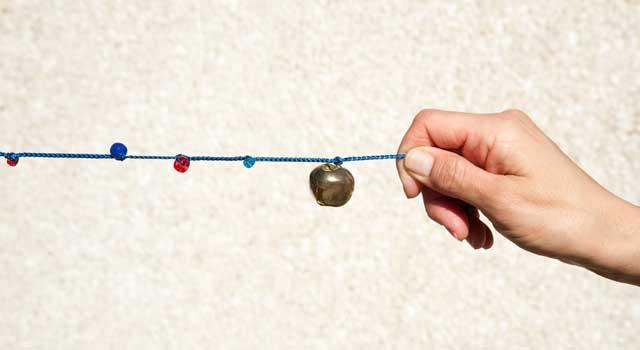
Solar System Bead Activity
Students create a scale model of the solar system using beads and string.
Grades 1-6
Time 30 mins - 1 hr
-
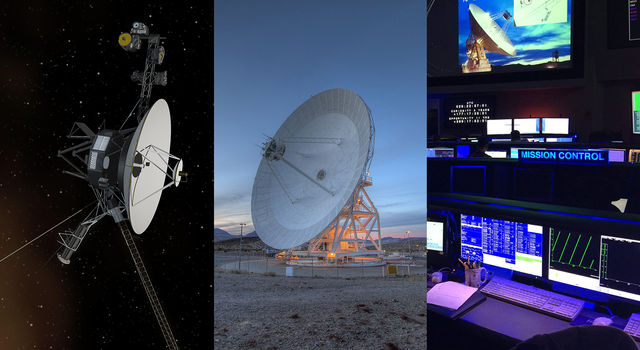
Catching a Whisper from Space
Students kinesthetically model the mathematics of how NASA communicates with spacecraft.
Grades 4-12
Time 1-2 hrs
-

Solar System Scroll
Students predict the scale of our solar system and the distance between planets, then check their answers using fractions.
Grades 5-8
Time < 30 mins
-
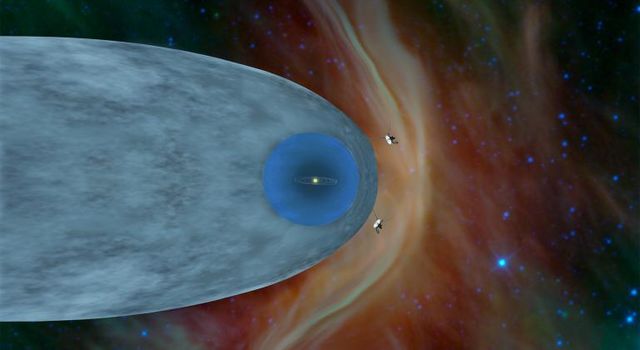
*NEW* Modeling the Structure of the Solar System
Students will learn about the structure of the solar system and be able to identify analogous regions in a dynamic, 2-D kitchen-sink model.
Grades 6-12
Time 1-2 hrs
-
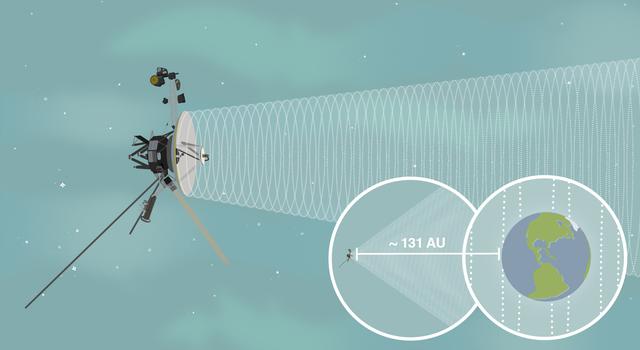
Hear Here: A 'Pi in the Sky' Math Challenge
Students use the mathematical constant pi to determine what fraction of a signal from Voyager 1 – the most distant spacecraft – reaches Earth.
Grades 10-12
Time < 30 mins
Explore More
- News Release: “NASA’s Voyager 2 Probe Enters Interstellar Space” – Dec. 10, 2018
- News Release: “NASA Spacecraft Embarks on Historic Journey Into Interstellar Space” – September 12, 2013
- Voyager Mission
- Voyager Images
- Voyager 2: Interstellar, by the Numbers
- Commemorative Voyager Posters
TAGS: Teachers, Educators, Science, Engineering, Technology, Solar System, Voyager, Spacecraft, Educator Resources, Lessons, Activities
Teachable Moments | August 29, 2017
The Farthest Operating Spacecraft, Voyagers 1 and 2, Still Exploring 40 Years Later
In the News
This year marks the 40th anniversary of the launch of the world’s farthest and longest-lived spacecraft, NASA’s Voyager 1 and 2. Four decades ago, they embarked on an ambitious mission to explore the giant outer planets, the two outermost of which had never been visited. And since completing their flybys of Jupiter, Saturn, Uranus and Neptune in 1989, they have been journeying toward the farthest reaches of our solar system – where no spacecraft has been before. These two intrepid spacecraft continue to return data to NASA daily, offering a window into the mysterious outer realms of our solar system and beyond.
How They Did It
The Voyager spacecraft were launched during a very short window that took advantage of a unique alignment of the four giant outer planets – one that would not occur again for another 176 years. (Try this lesson in calculating launch windows to get an idea of how it was done.) Launching at this point in time enabled the spacecraft to fly by all four planets in a single journey, returning never-before-seen, close-up images and scientific data from Jupiter, Saturn, Uranus and Neptune that greatly contributed to our current understanding of these planets and the solar system.
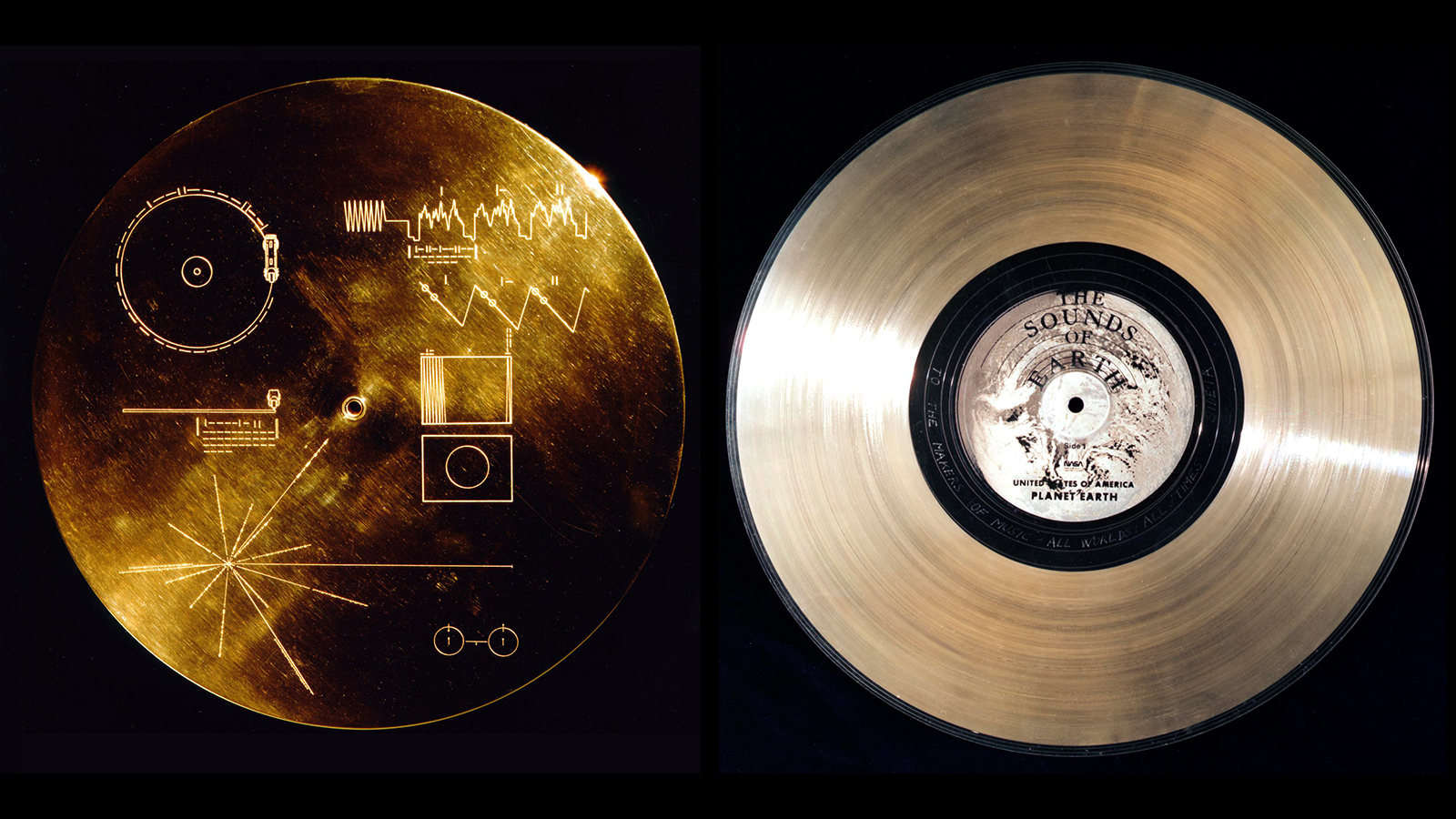
Why It’s Important

These images of Jupiter, Saturn, Uranus and Neptune (clockwise from top) were taken by Voyager 1 and 2 as the spacecraft journeyed through the solar system. See a gallery of images that Voyager took on the Voyager website. Credit: NASA/JPL-Caltech
In addition to shaping our understanding of the outer planets, the Voyager spacecraft are helping us learn more about the space beyond the planets – the outer region of our solar system. After completing their “grand tour” of the outer planets, the Voyagers continued on an extended mission to the outer solar system. They are now more than 10 billion miles from Earth, exploring the boundary region between our planetary system and what’s called interstellar space.
The beginning of interstellar space is where the constant flow of material from the Sun and its magnetic field stop influencing the surroundings. Most of the Sun’s influence is contained within the heliosphere, a bubble created by the Sun and limited by forces in interstellar space. (Note that the heliosphere doesn’t actually look like a sphere when it travels through space; it’s more of a blunt sphere with a tail.) The outer edge of the heliosphere, before interstellar space, is a boundary region called the heliopause. The heliopause is the outermost boundary of the solar wind, a stream of electrically charged atoms, composed primarily of ionized hydrogen, that stream outward from the Sun. Our planetary system lies inside the bubble of the heliosphere, bordered by the heliopause and surrounded by interstellar space.

Though we’ve learned a lot about the heliopause thanks to the Voyager spacecraft, its thickness and variation are still key unanswered questions in space physics. As the Voyagers continue their journey, scientists hope to learn more about the location and properties of the heliopause.
From their unique vantage points – Voyager 1 in the northern hemisphere and Voyager 2 in the southern hemisphere – the spacecraft have already detected differences and asymmetries in the solar wind termination shock, where the wind abruptly slows as it approaches the heliopause. For example, Voyager 2 crossed the termination shock at a distance of about 83.7 AU in the southern hemisphere. (One AU, or astronomical unit, is equal to 150 kilometers (93 million miles), the distance between Earth and the Sun.) That’s about 10 AU closer to the Sun than where Voyager 1 crossed the shock in the north. As shown in this diagram, Voyager 1 traveled through the compressed “nose” of the termination shock and Voyager 2 is expected to travel through the flank of the termination shock.
With four remaining powered instruments on Voyager 1 and five remaining powered instruments on Voyager 2, the two spacecraft continue to collect science data comparing their two distinct locations at the far reaches of the solar system.

In August 2012, Voyager 1 detected a dramatic increase in galactic cosmic rays (as shown in this animated chart). The increase, which has continued to the current peak, was associated with the spacecraft's crossing into interstellar space. Credit: NASA/JPL-Caltech
Since it launched from Earth in 1977, Voyager 1 has been using an instrument to measure high-energy, dangerous particles traveling through space called galactic cosmic rays. While studying the interaction between the bubble of the heliosphere and interstellar space, Voyager 1 revealed that the heliosphere is functioning as a radiation shield, protecting our planetary system from most of these galactic cosmic rays. So in August 2012, when Voyager 1 detected a dramatic increase in the rays, which has continued to the current peak, it was associated with the spacecraft’s crossing into interstellar space.
Meanwhile, Voyager 2 – which is still in the heliosheath, the outermost layer of the heliosphere between the shock and the heliopause – is using its solar wind instrument to measure the directional change of solar wind particles there. Within the next few years, Voyager 2 is also expected to cross into interstellar space, providing us with even more detailed data about this mysterious region.
In another 10 years, we expect one or both Voyagers to cruise outward into a more pristine region of interstellar space, returning data to inform our hypotheses about the concentration of galactic particles and the characteristics of interstellar wind.
Even with 40 years of space flight behind them, the Voyagers are expected to continue returning valuable data until about 2025. Communications will be maintained until the spacecraft’s nuclear power sources can no longer supply enough electrical energy to power critical functions. Until then, there’s still much to learn about the boundary of our heliosphere and what lies beyond in the space between the stars.
Teach It
Use these standards-aligned lessons and related activities to get students doing math and science with a real-world (and space!) connection.
- Hear Here - Students use the mathematical constant pi and information about the current location of Voyager 1 to learn about the faint data-filled signal being returned to Earth.
- Solar System Bead Activity – Students calculate and construct a scale model of solar system distances using beads and string.
- Catching a Whisper from Space – Students kinesthetically model the mathematics of how NASA communicates with spacecraft.
Explore More
- Voyager Mission
- Voyager Images
- Voyager Golden Record
- The Sounds of Interstellar Space
- Voyager Senses Sun's Tsunami Wave in Interstellar Medium
- Commemorative Voyager Posters
TAGS: Voyager, Farthest, Golden Record, STEM, Teachable Moments, Science, Engineering, Solar System, Interstellar Space, Heliopause, Heliosphere, Heliosheath, Termination Shock, Stars, Heliophysics
Edu News | March 9, 2015
Take the 2015 Pi Day Challenge!
UPDATE - March 16, 2015: The pi challenge answer key is now available for download.
In honor of the "Pi Day of the Century" (3/14/15), the Education Office at NASA's Jet Propulsion Laboratory has crafted another stellar math challenge to show students of all ages how NASA scientists and engineers use the mathematical constant pi.
The 2015 problem set -- available as a web infographic and printable handouts -- features four real-world, NASA math problems for students in grades 4 through 11, including: calculating the dizzying number of times a Mars rover's wheels have rotated in 11 years; finding the number of images it will take the Dawn spacecraft to map the entire surface of the dwarf planet Ceres (the first dwarf planet to be explored); learning the potential volume of water on Jupiter's moon Europa; and discovering what fraction of a radio beam from our most distant spacecraft reaches Earth.
The word problems, which were crafted by NASA/JPL education specialists with the help of scientists and engineers, give students insight into the real calculations space explorers use every day and a chance to see some of the real-world applications of the math they're learning in school.
"Pi in the Sky 2" Downloads:
- Poster - Download PDF (8 MB)
- Handouts - Download PDF (7 MB)
- Answers - Download PDF (8 MB)
Edu News | April 28, 2011
Live Event: Voyager's 33-Year Journey
During a live NASA Television program on April 28, 2011, schools around the United States asked questions about the farthest human-made objects in space, the twin Voyager spacecraft.




